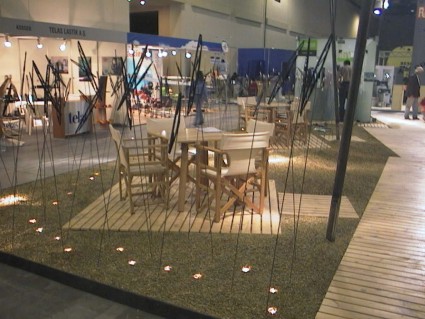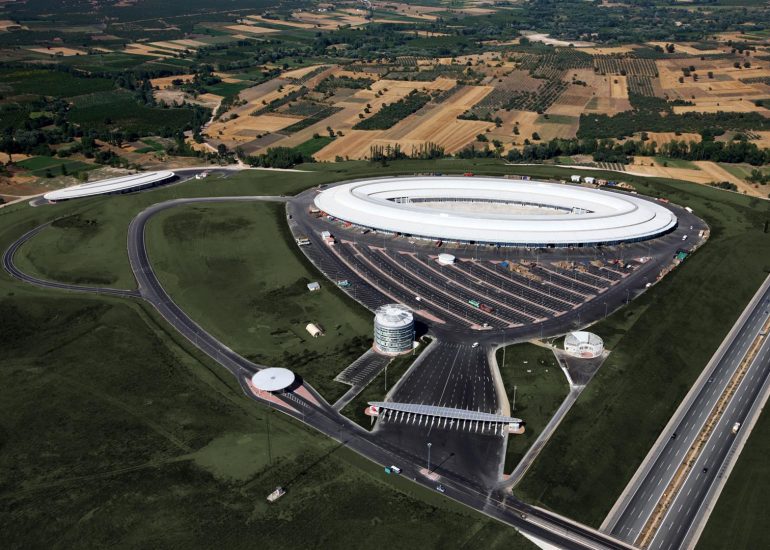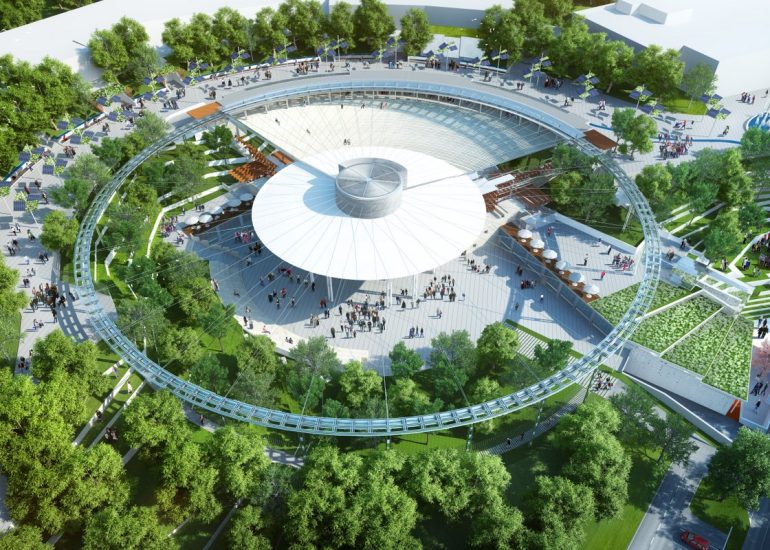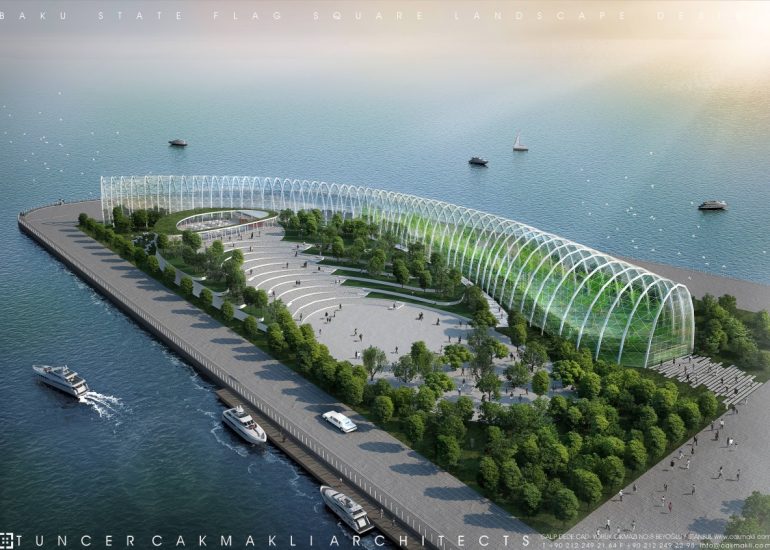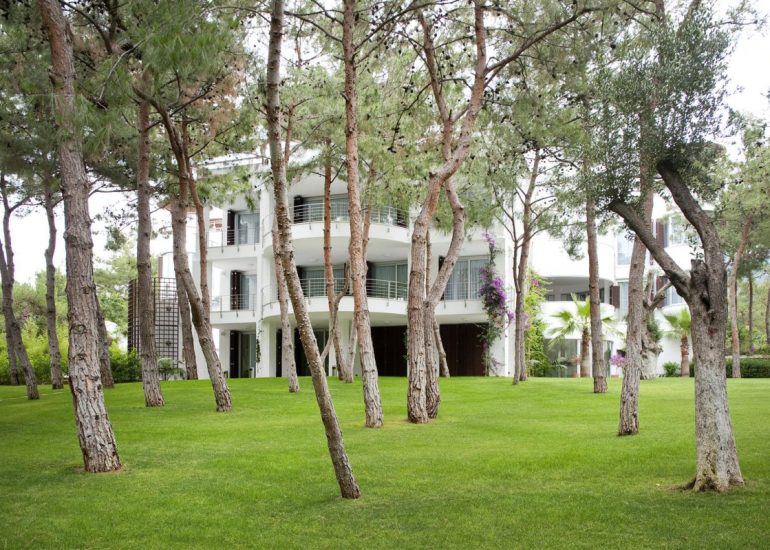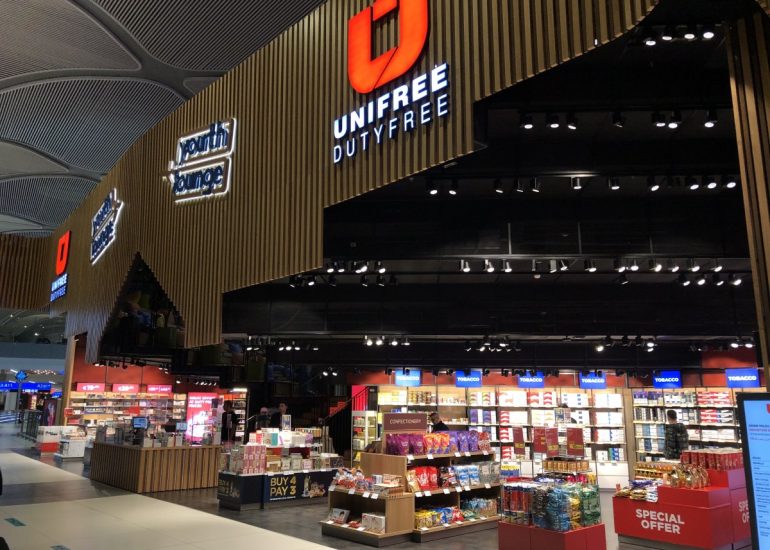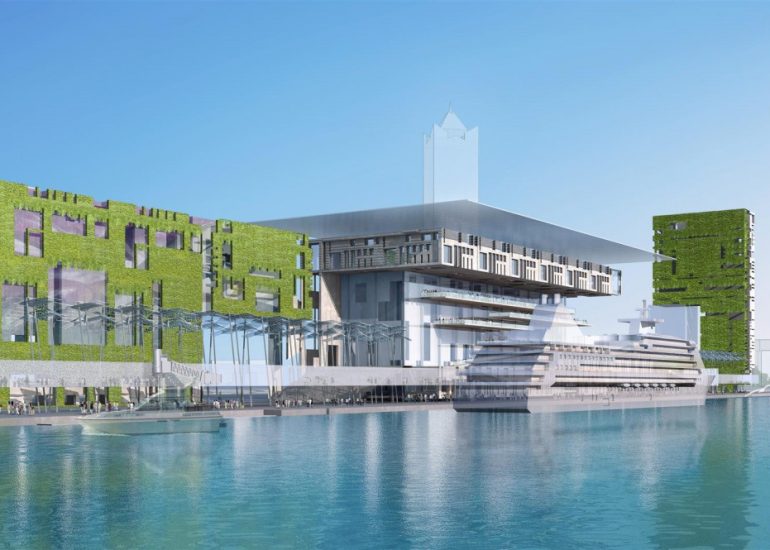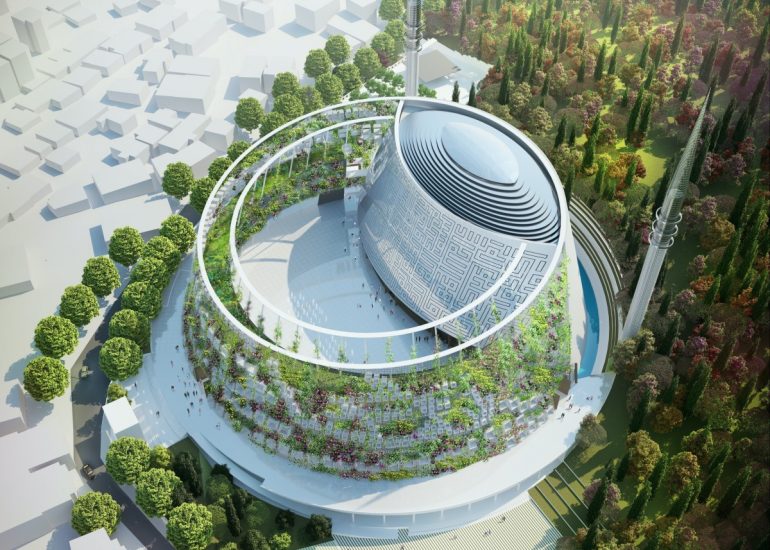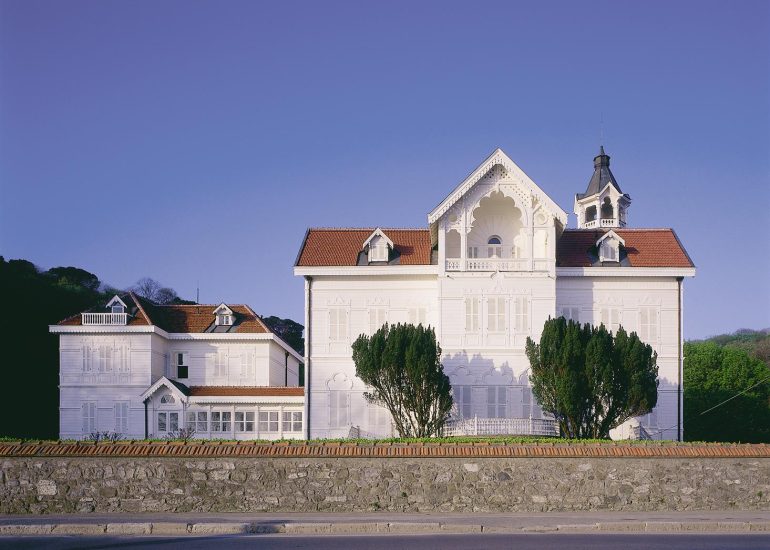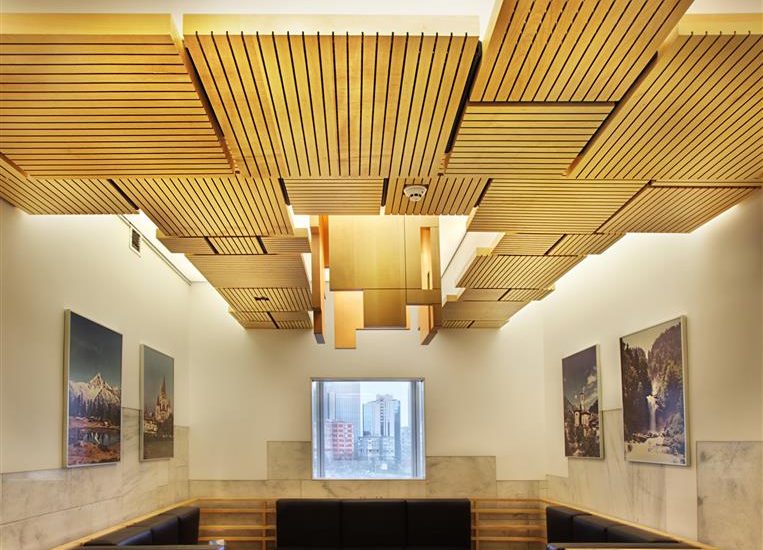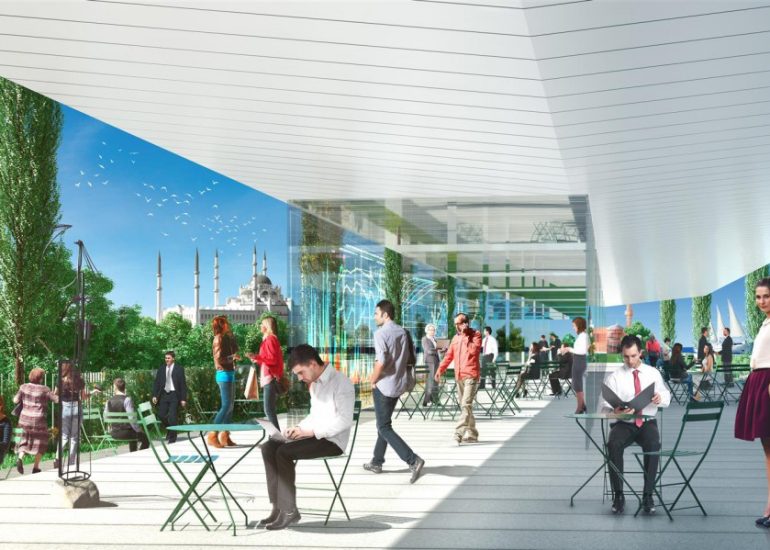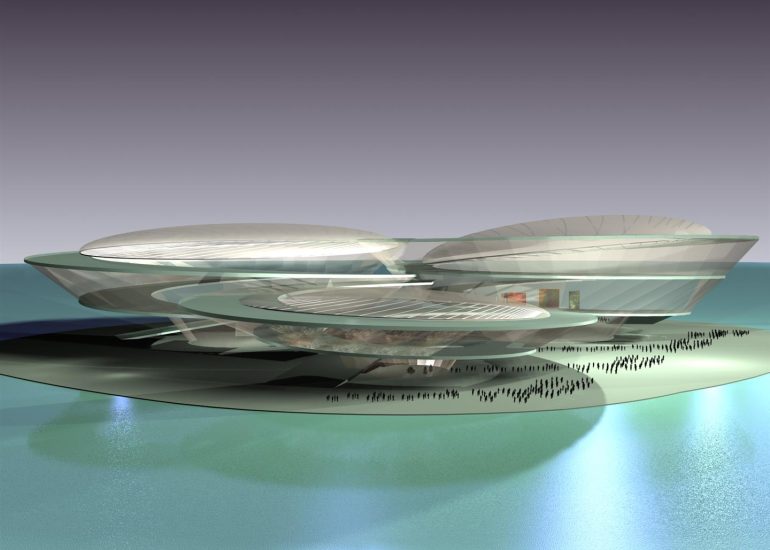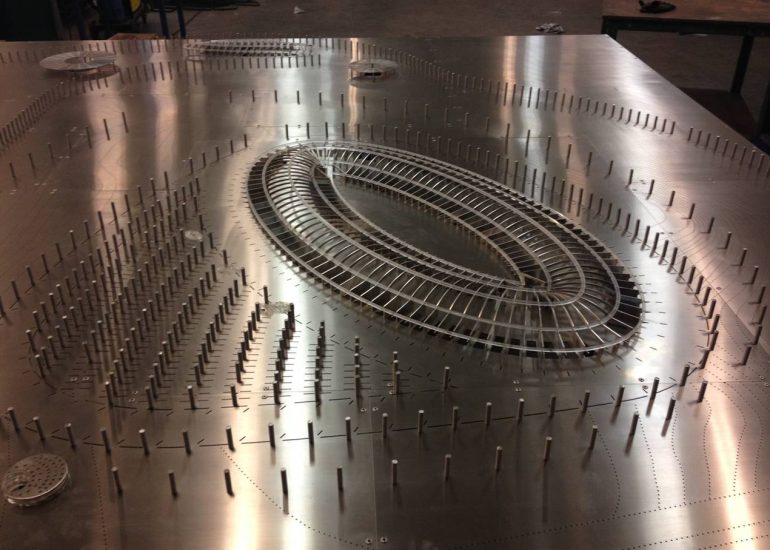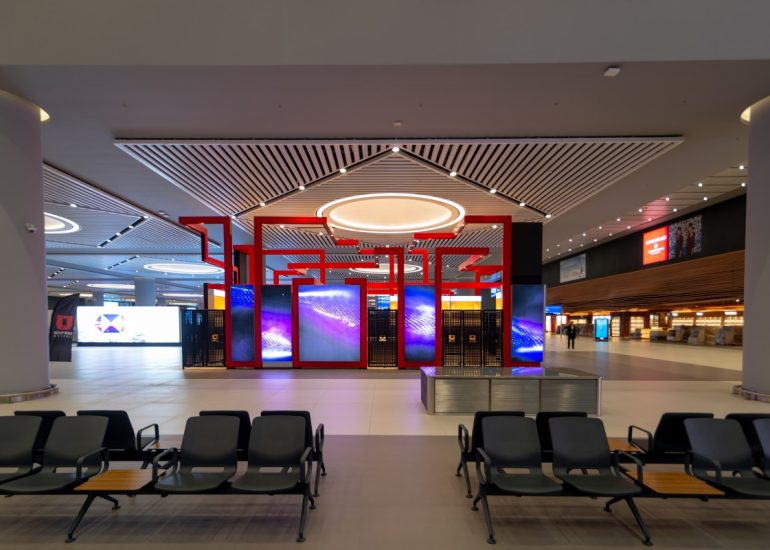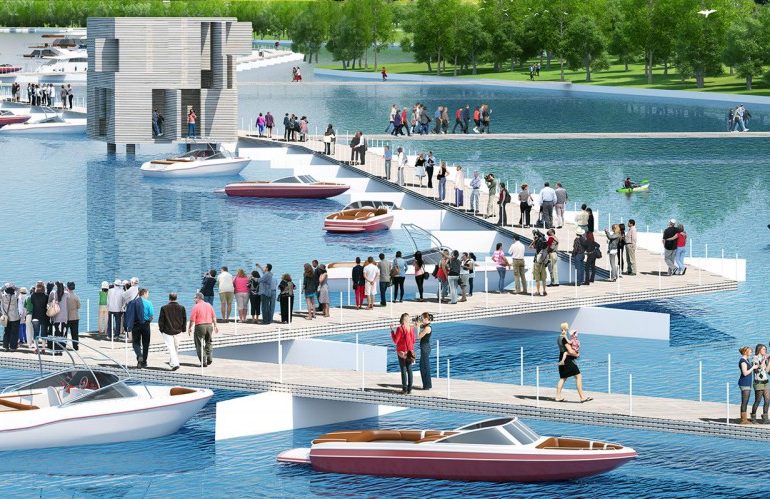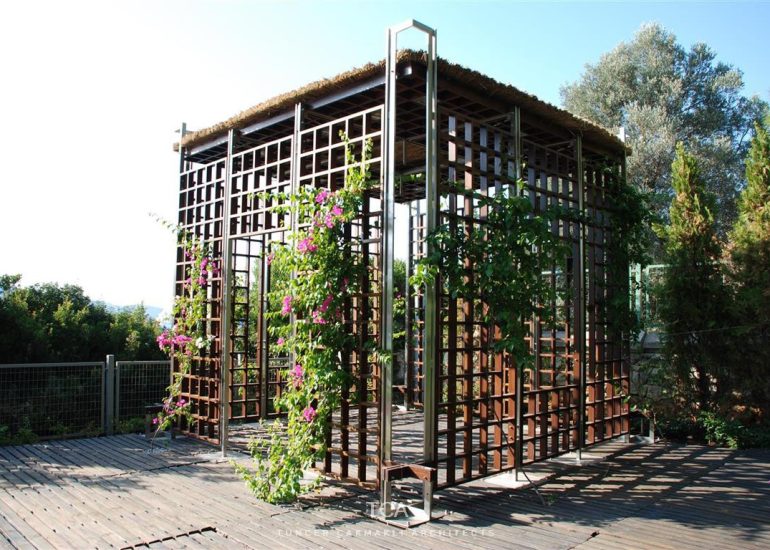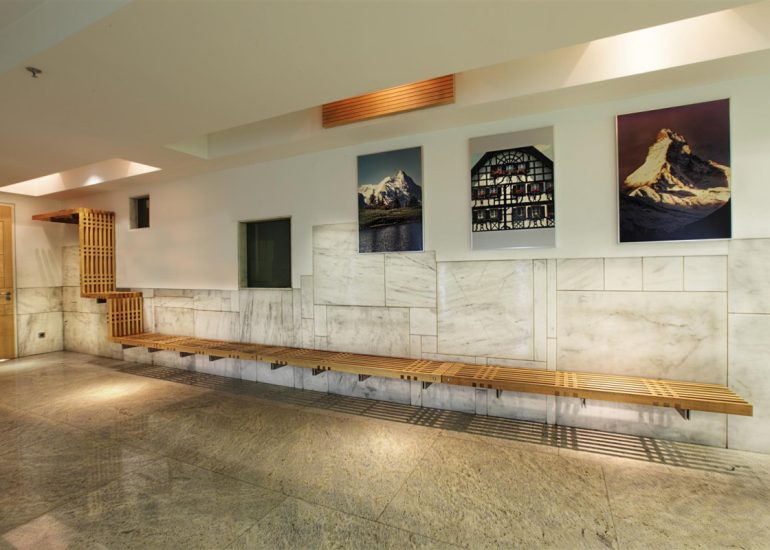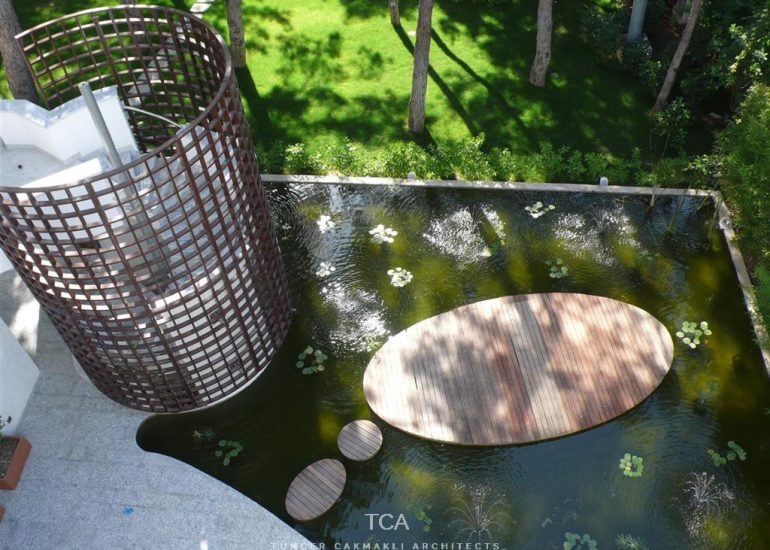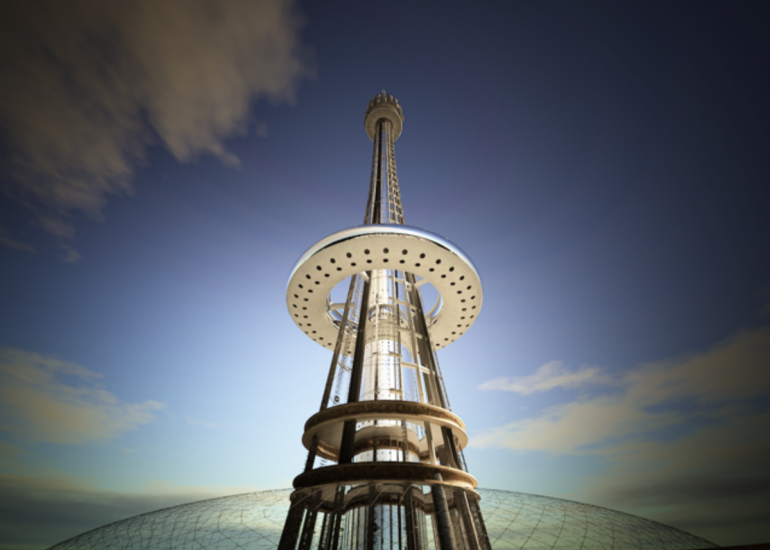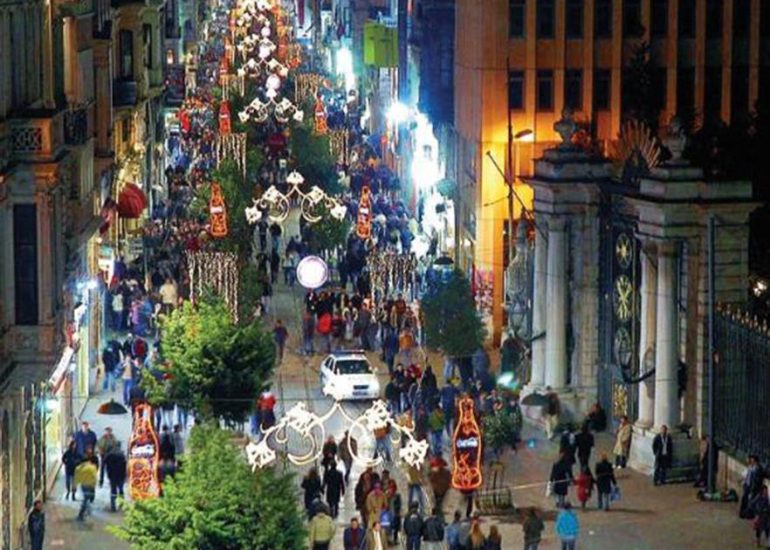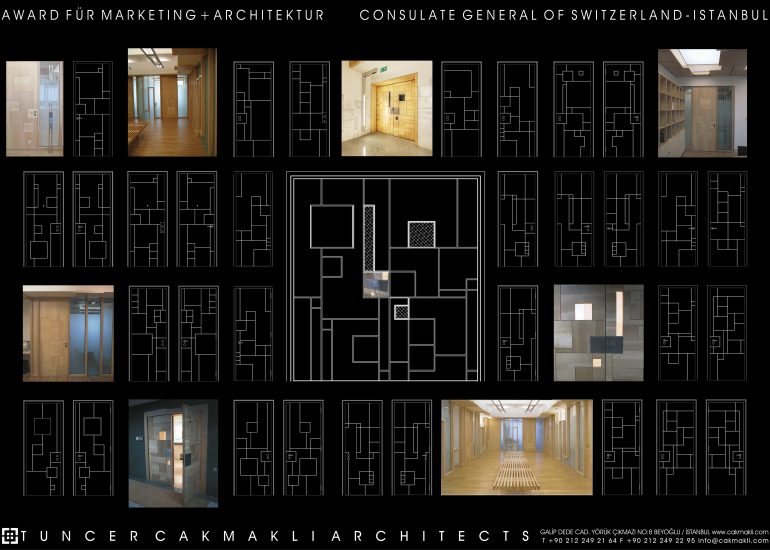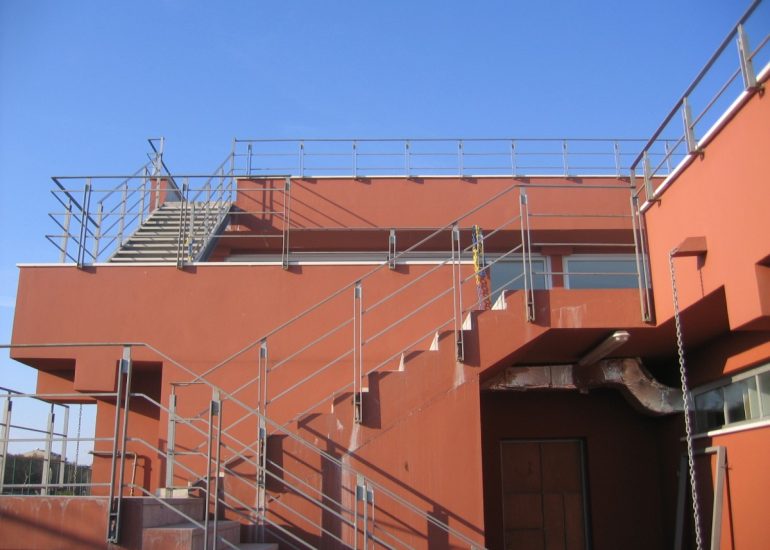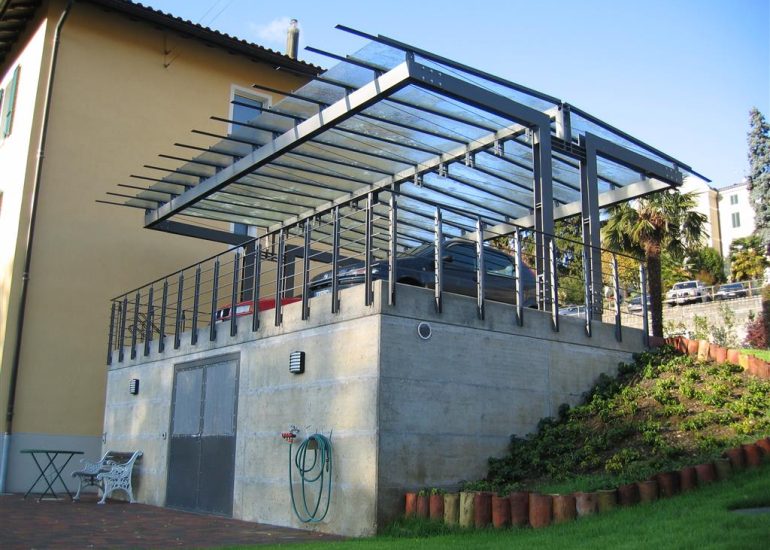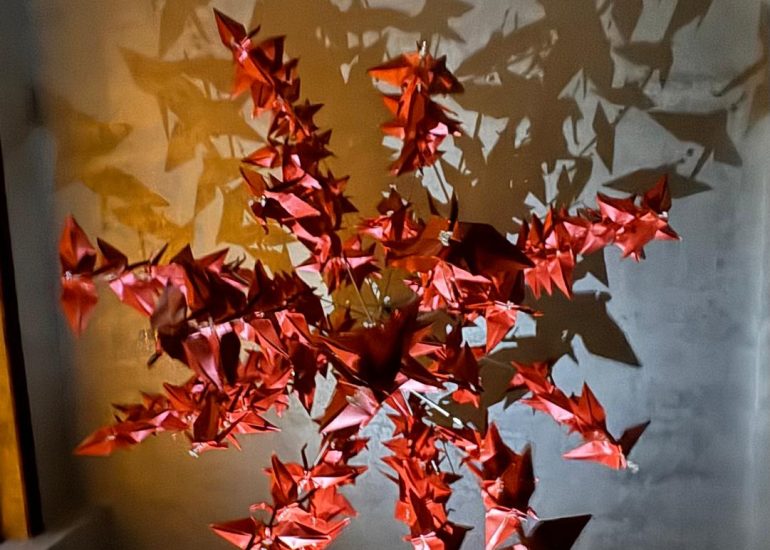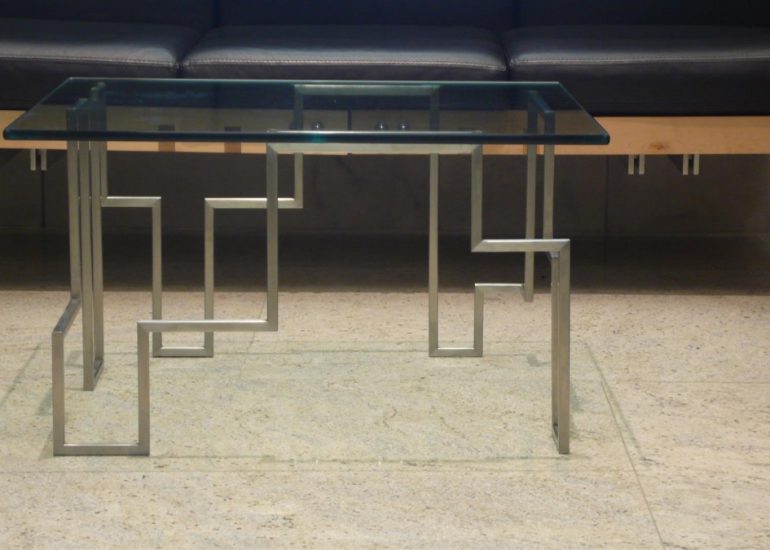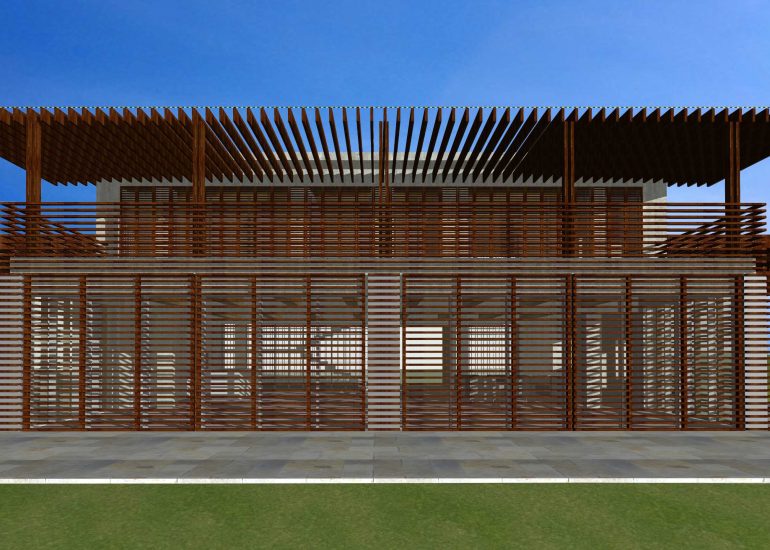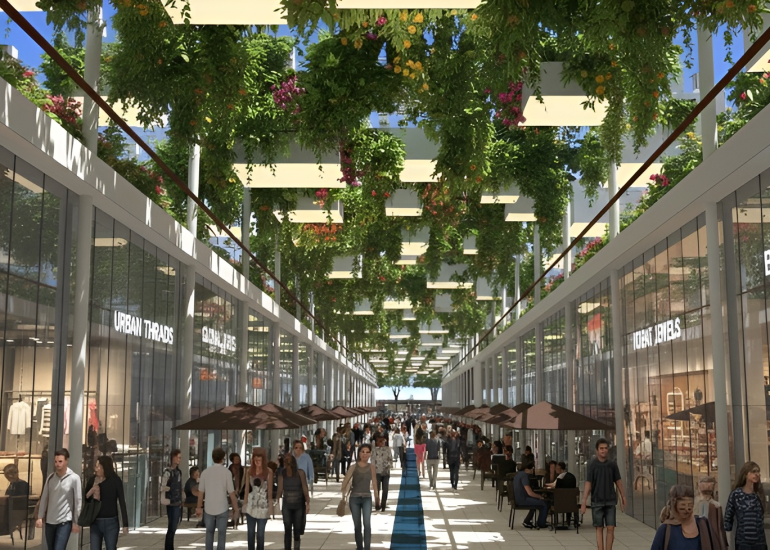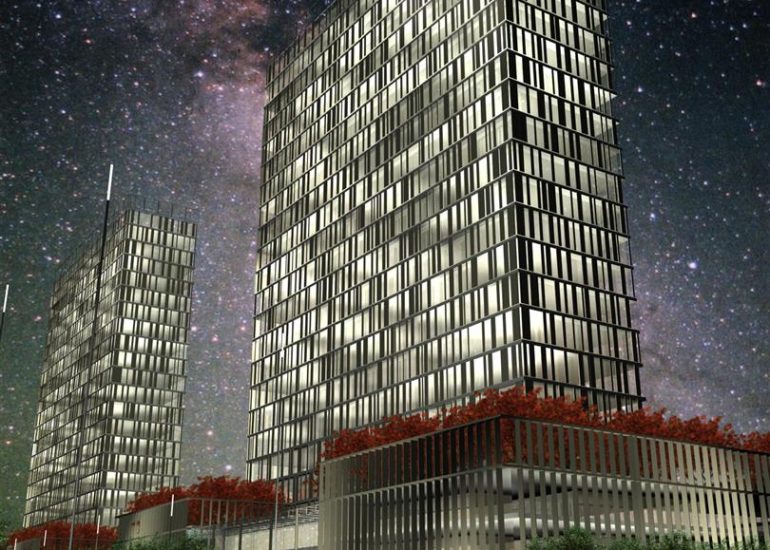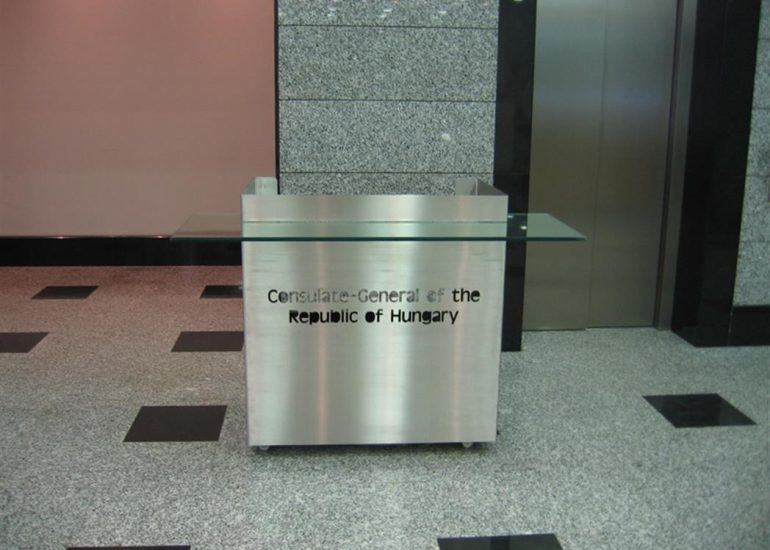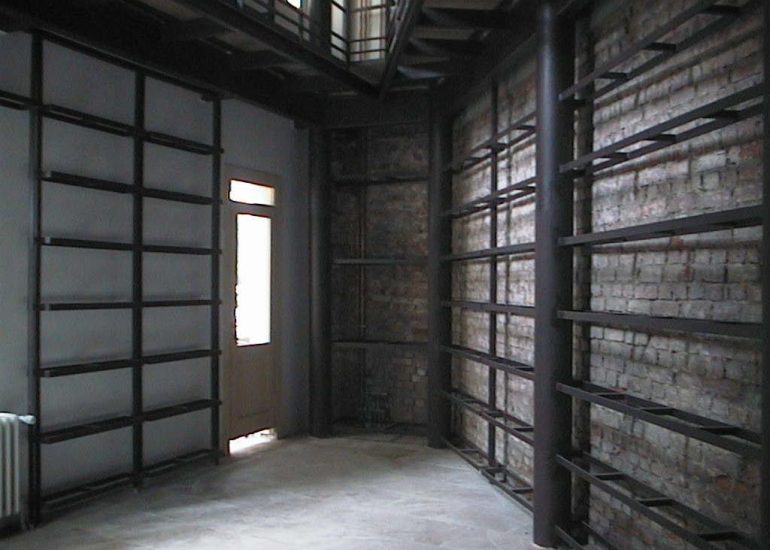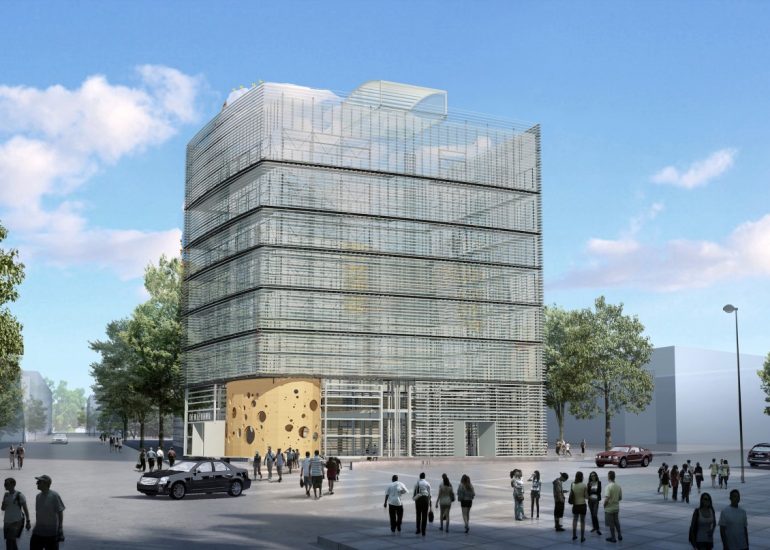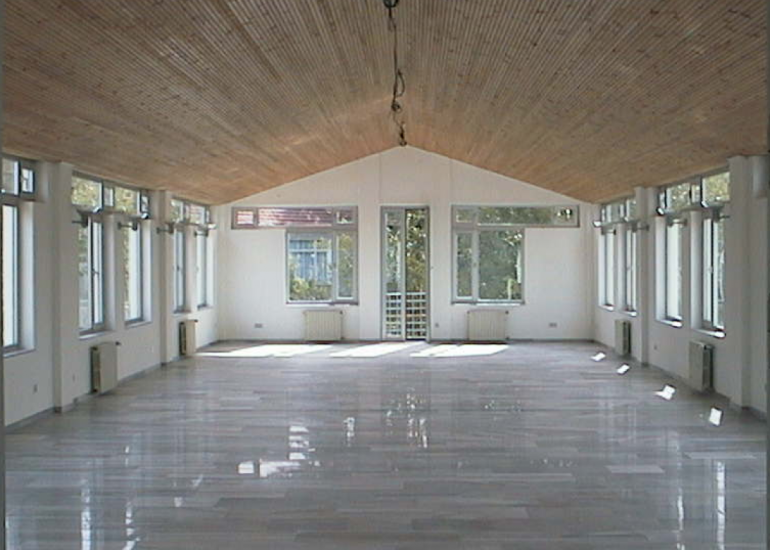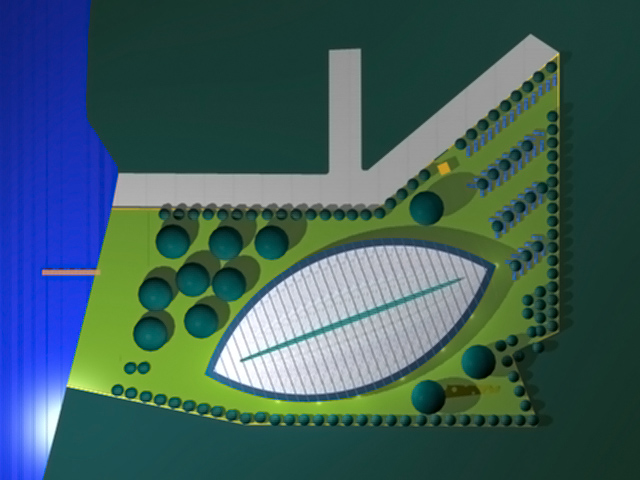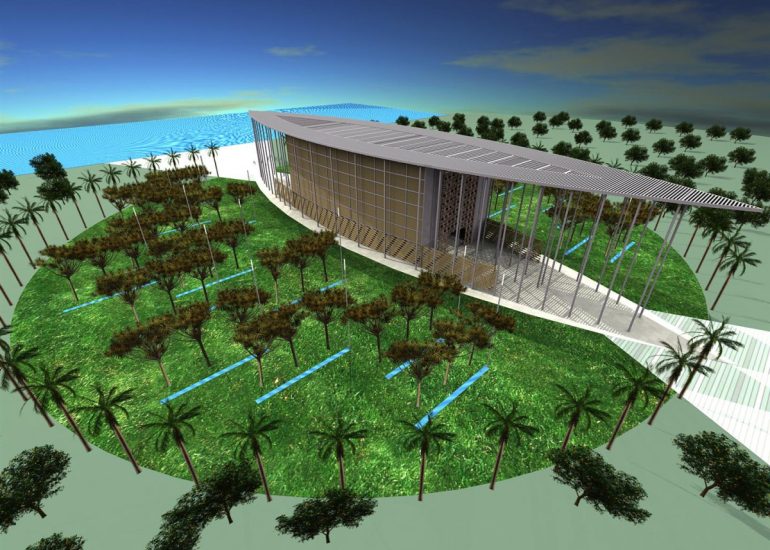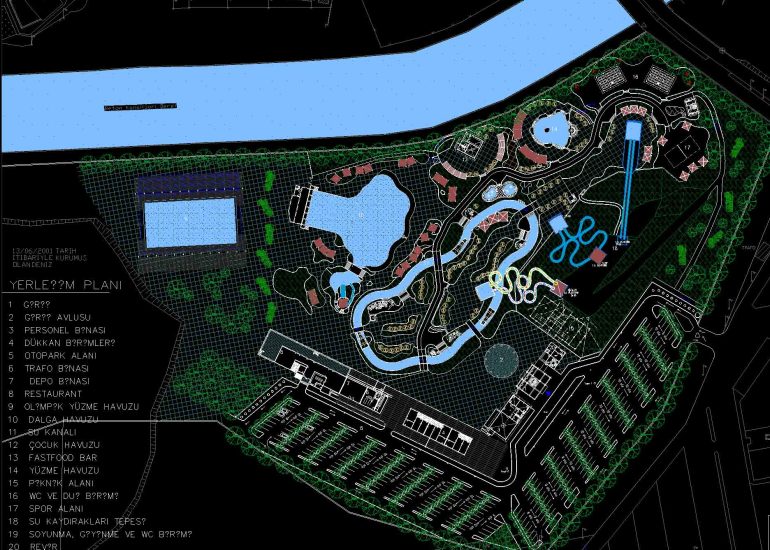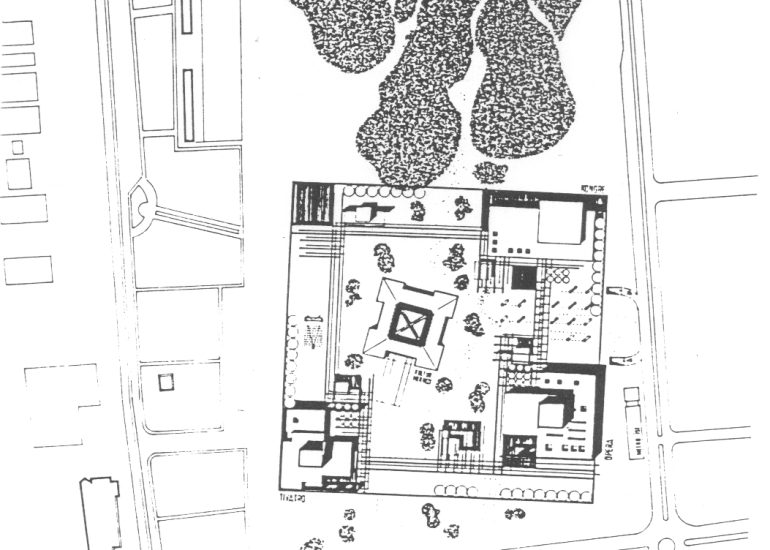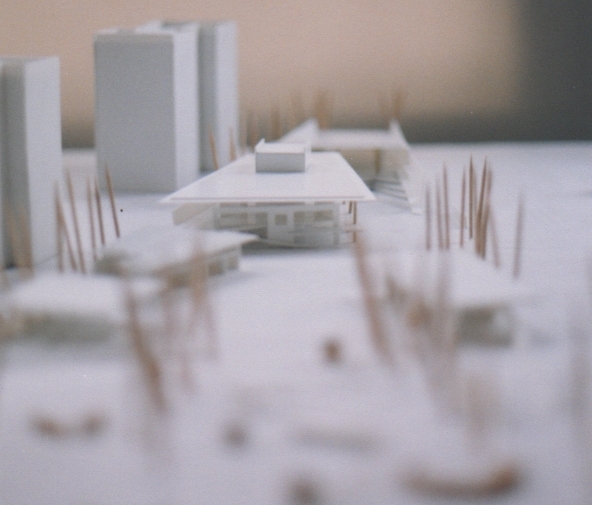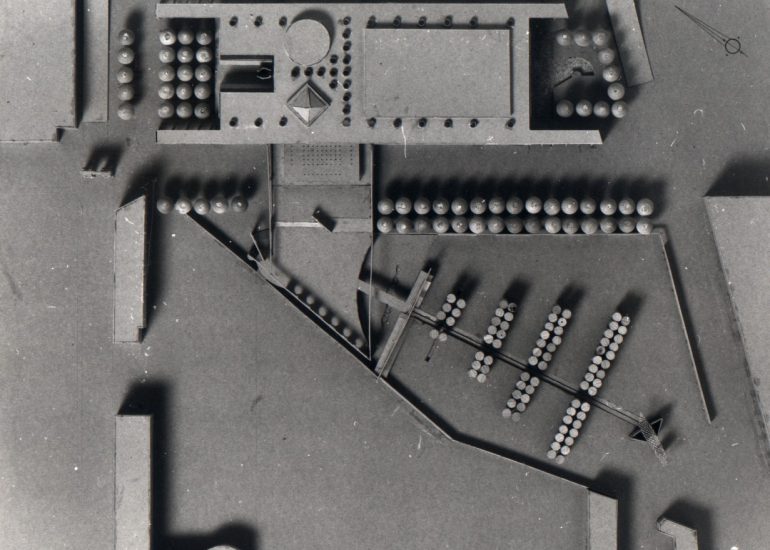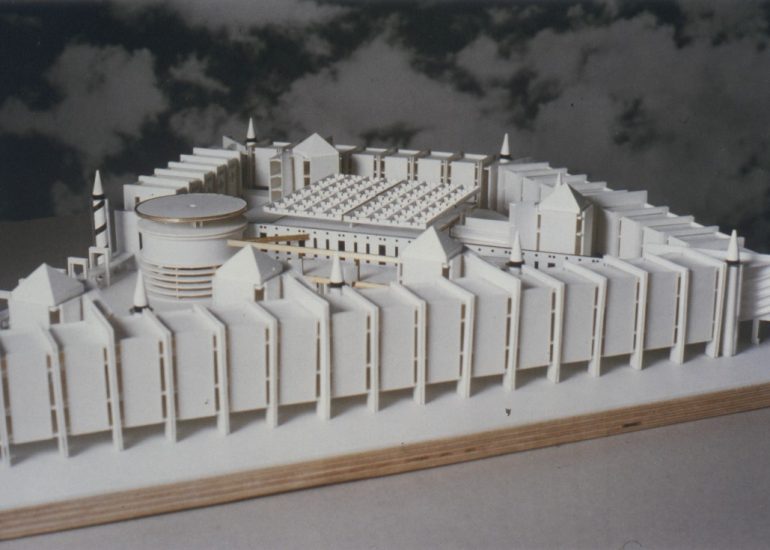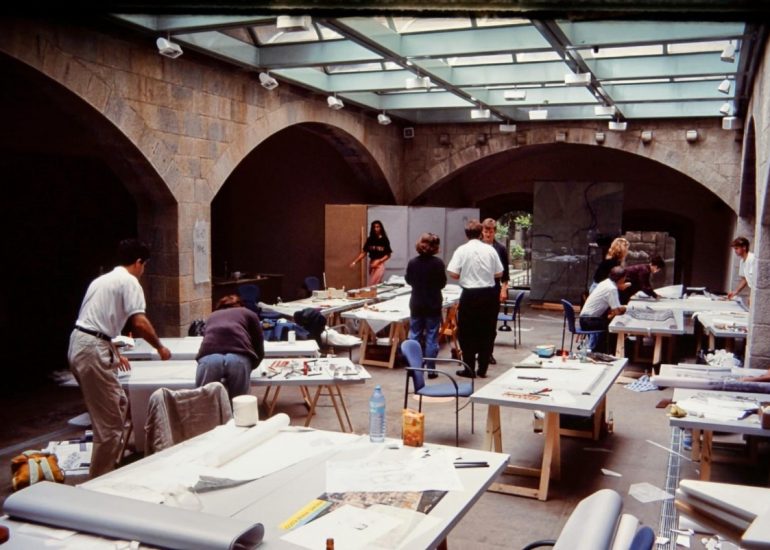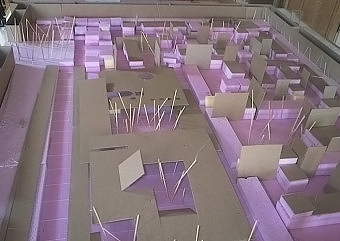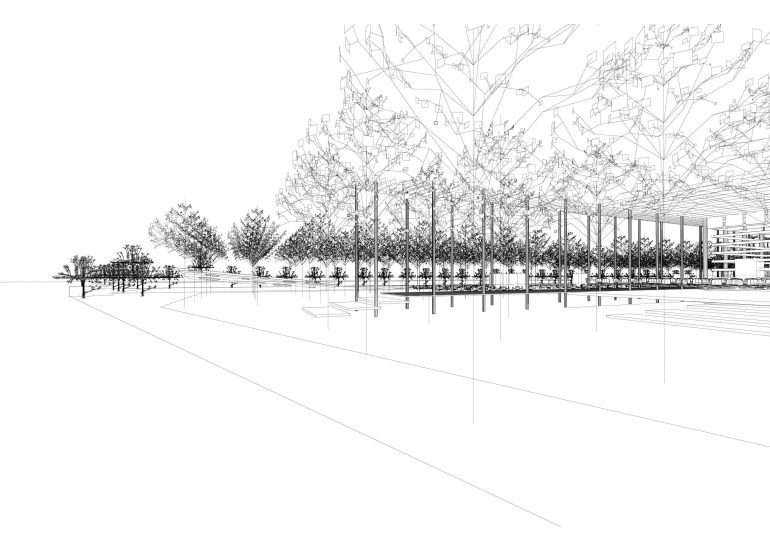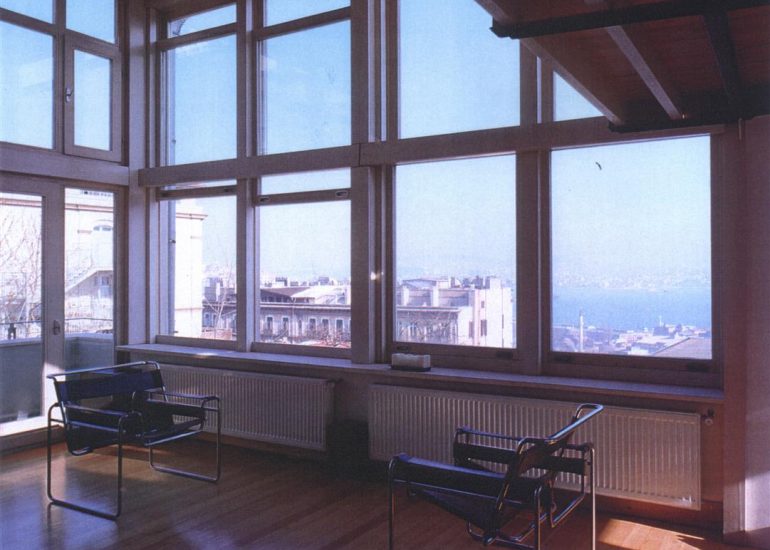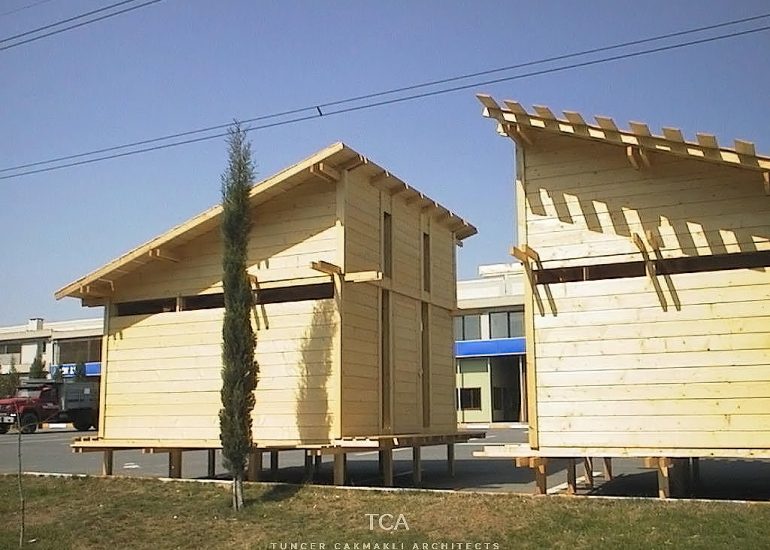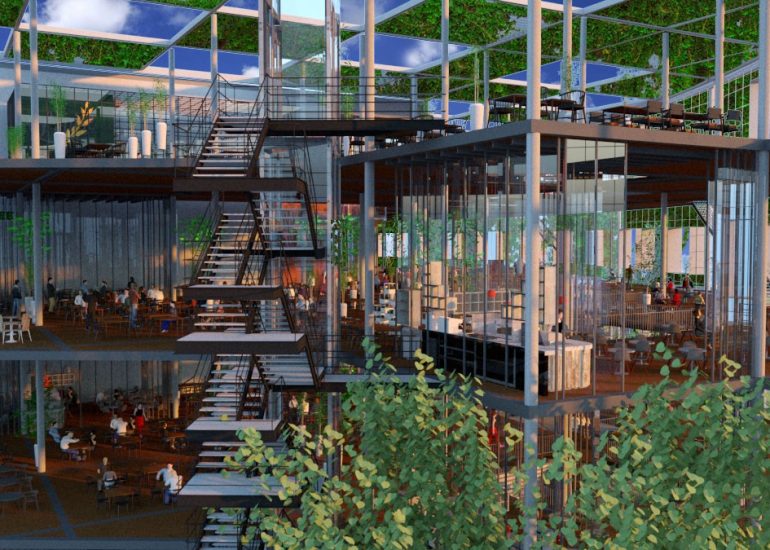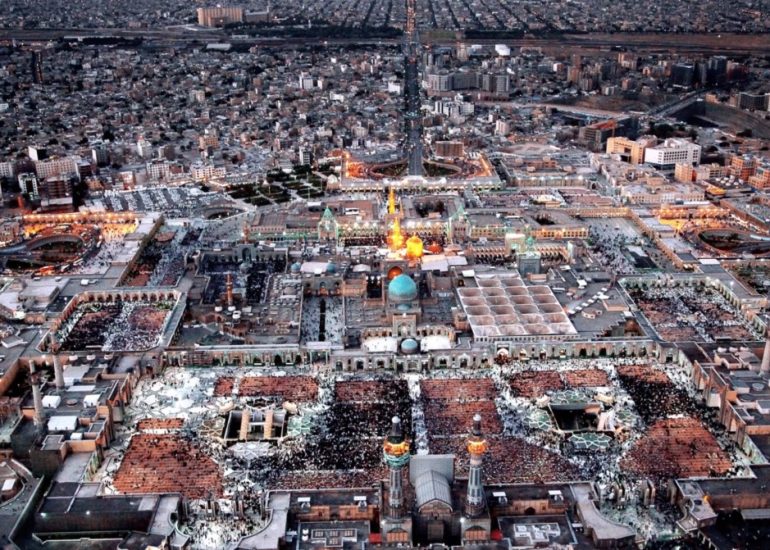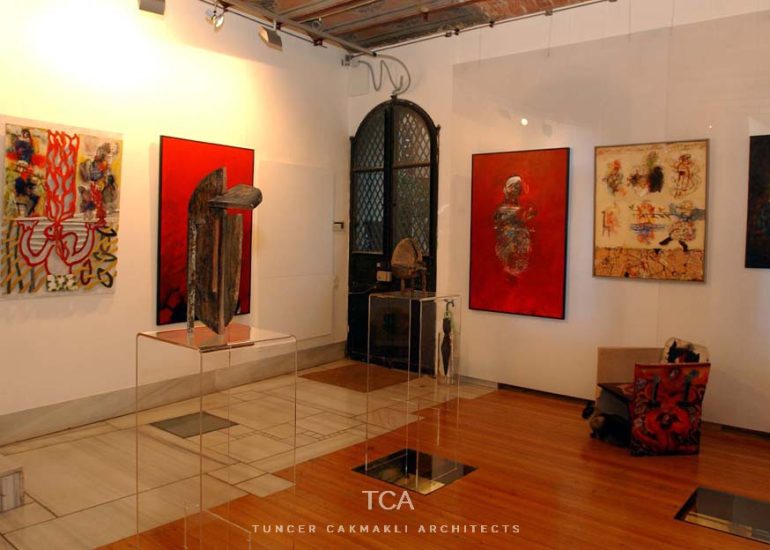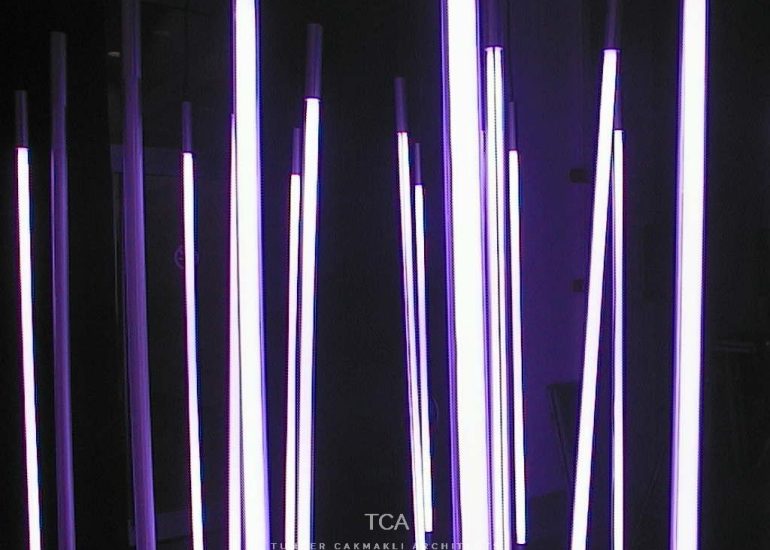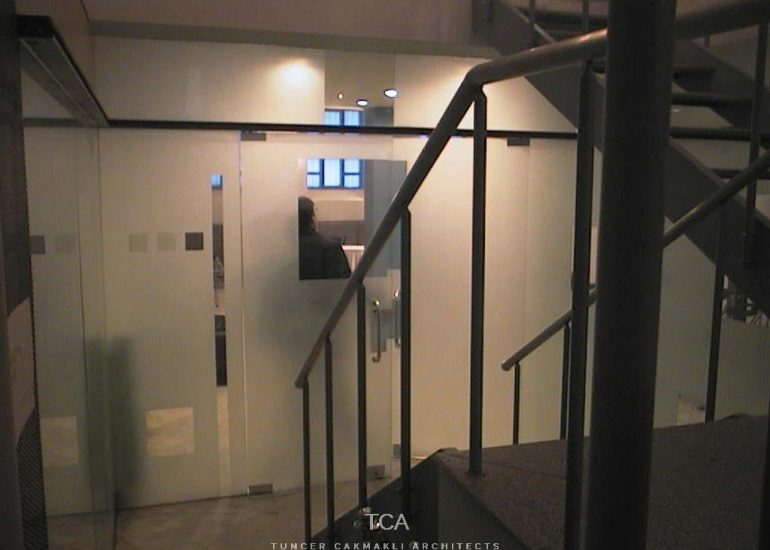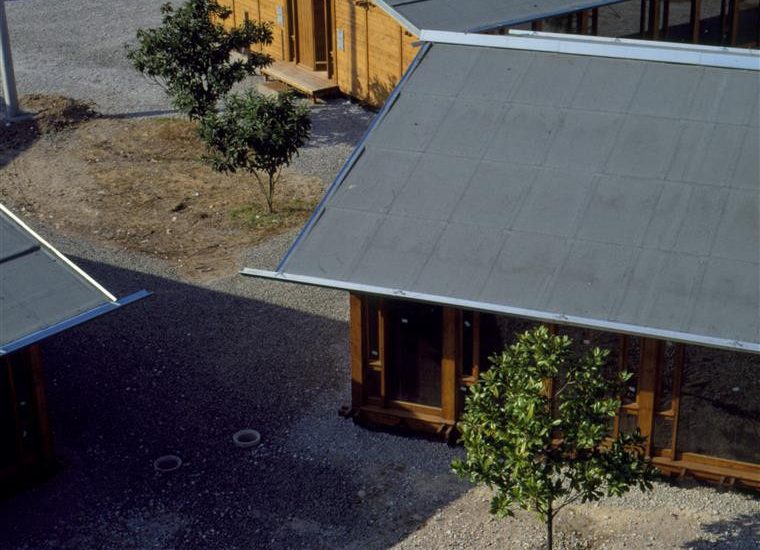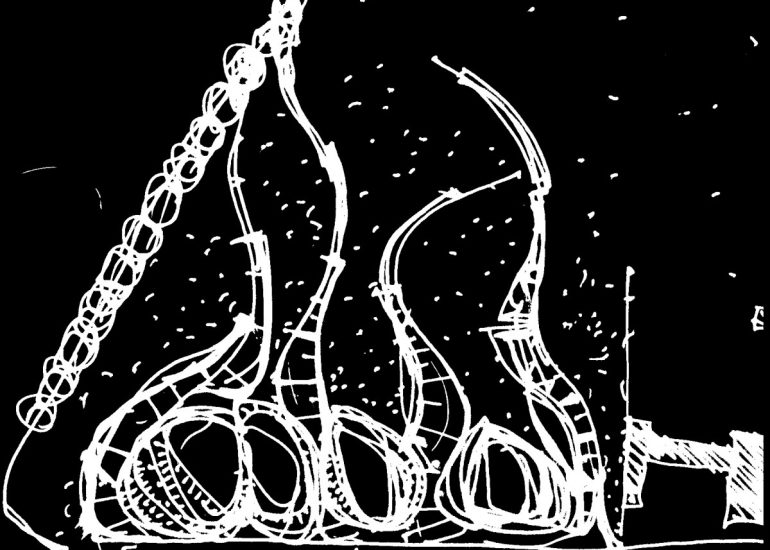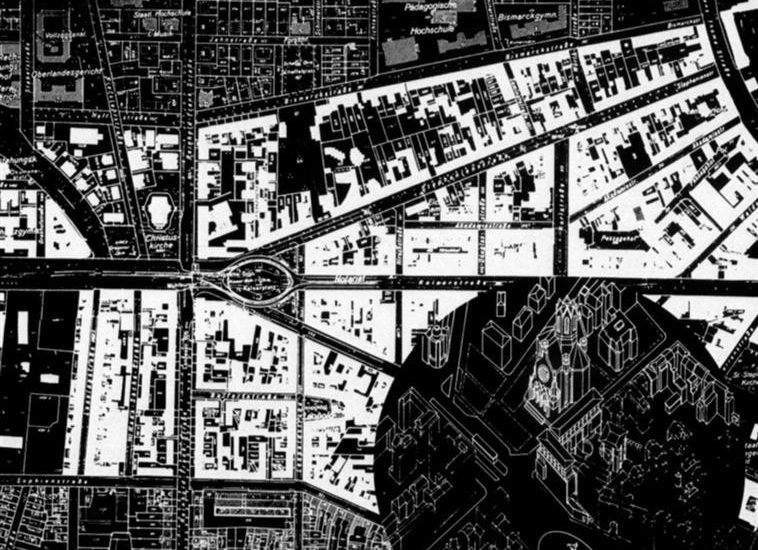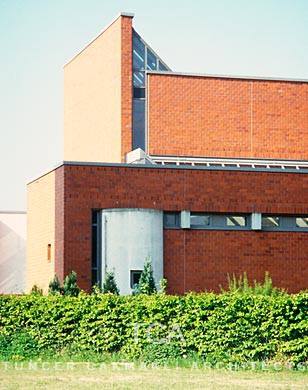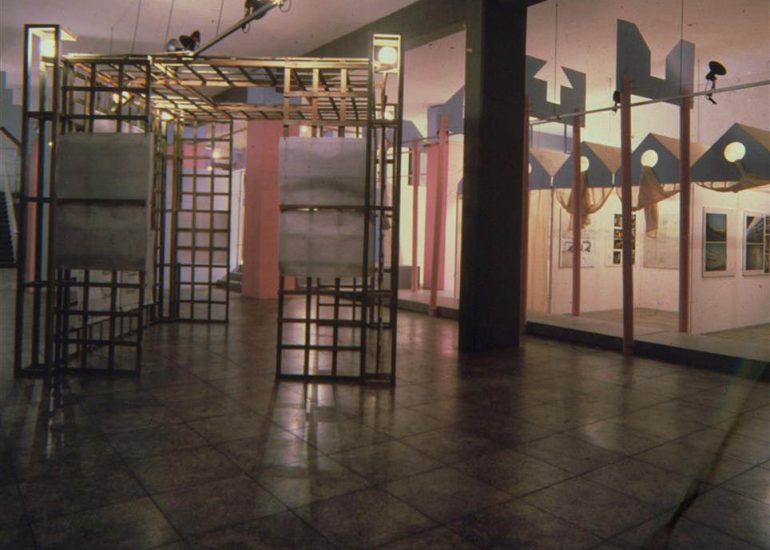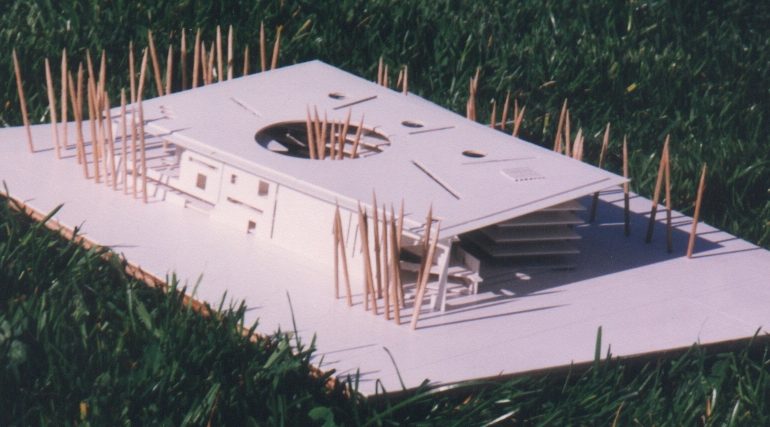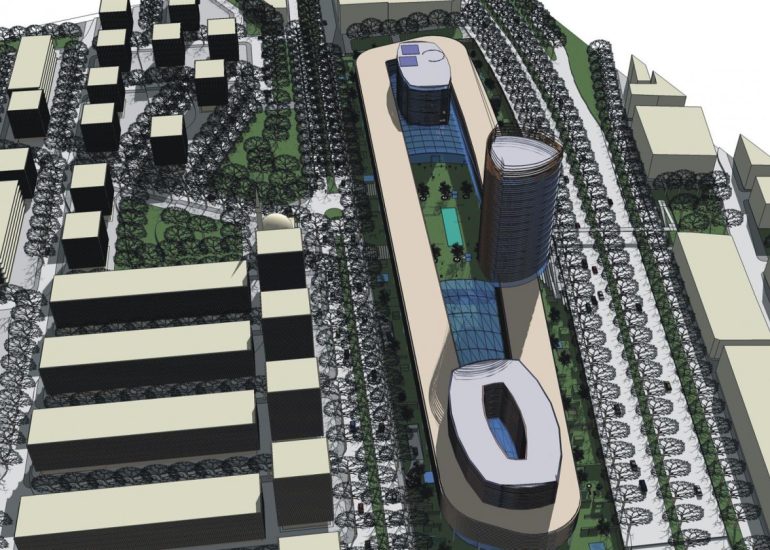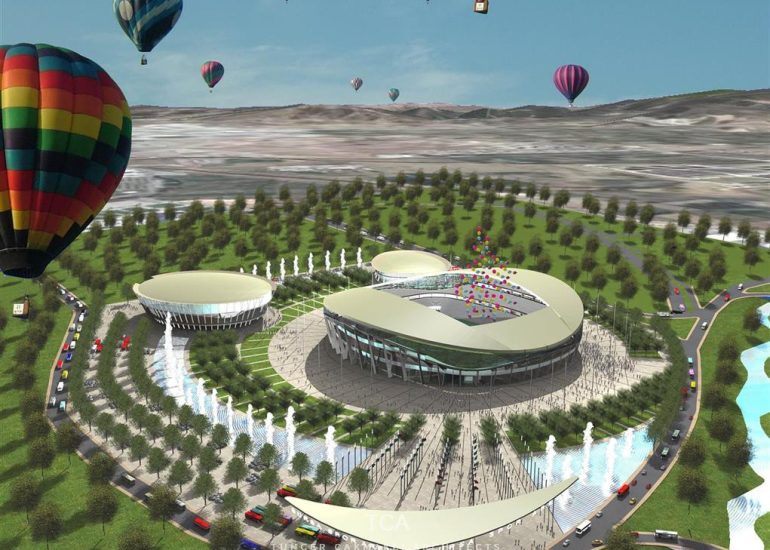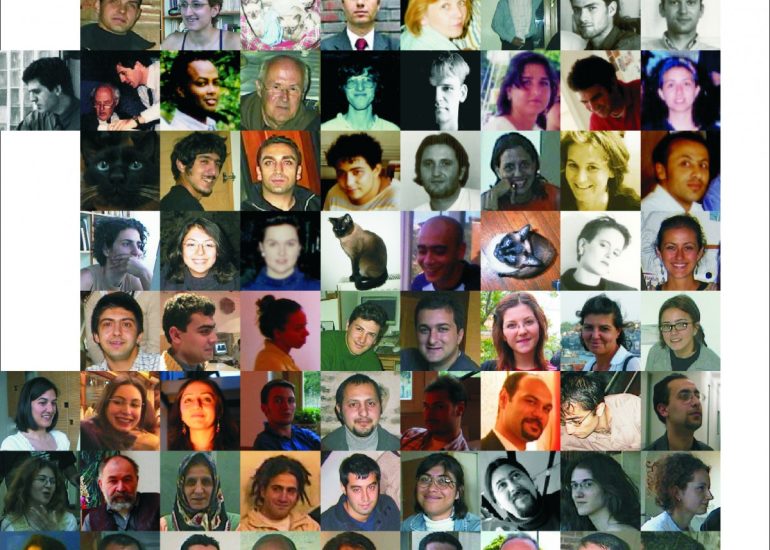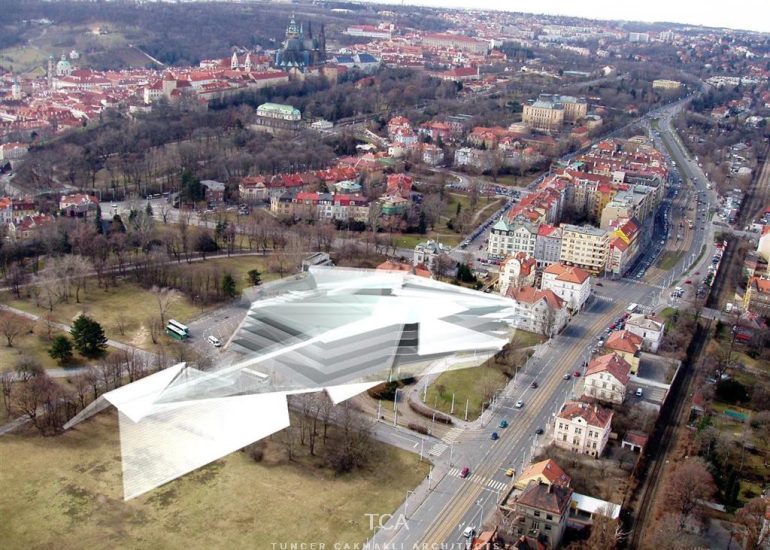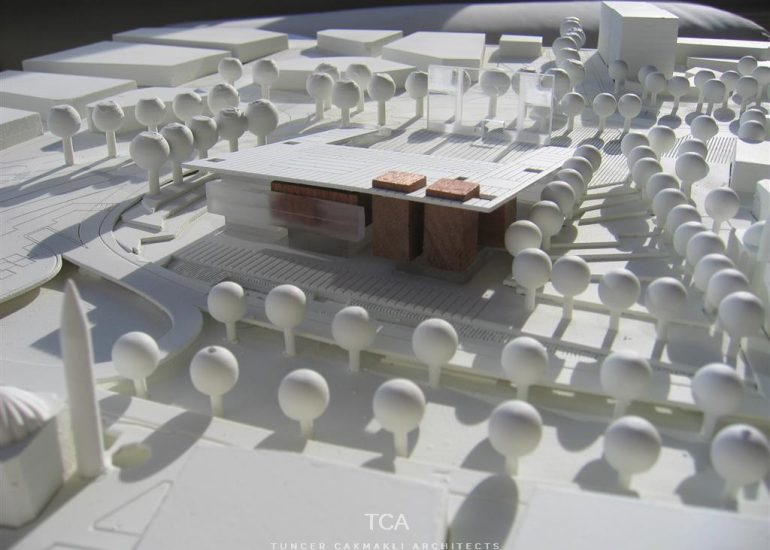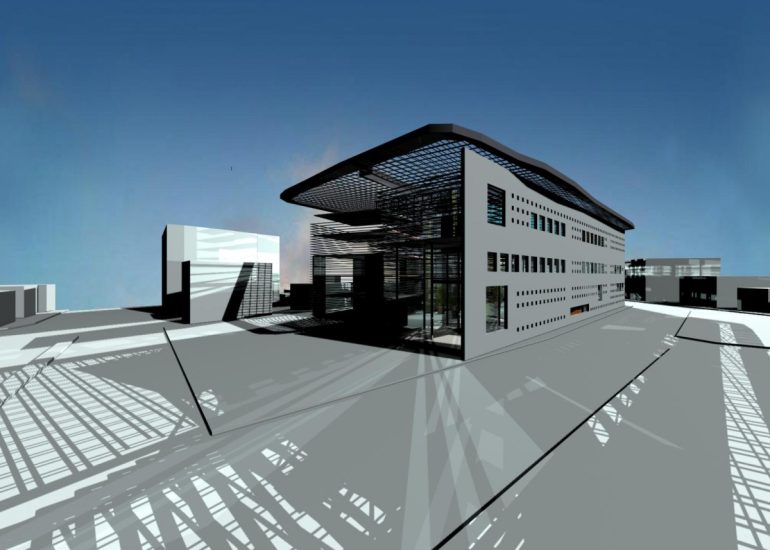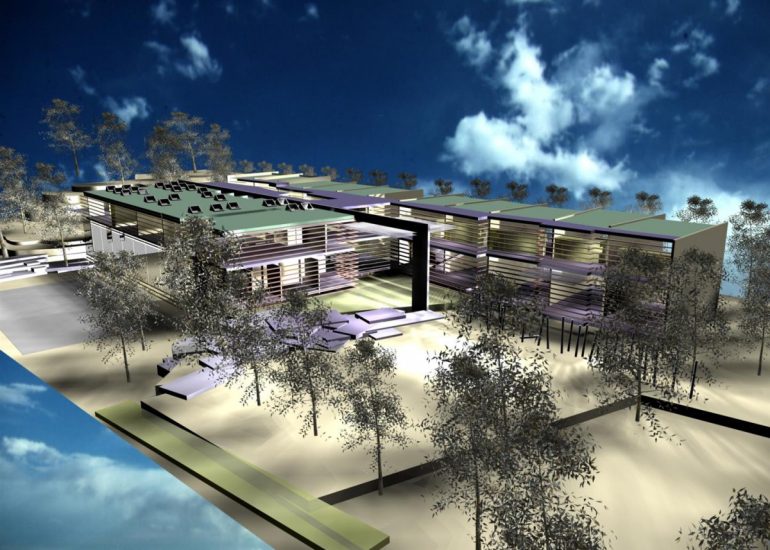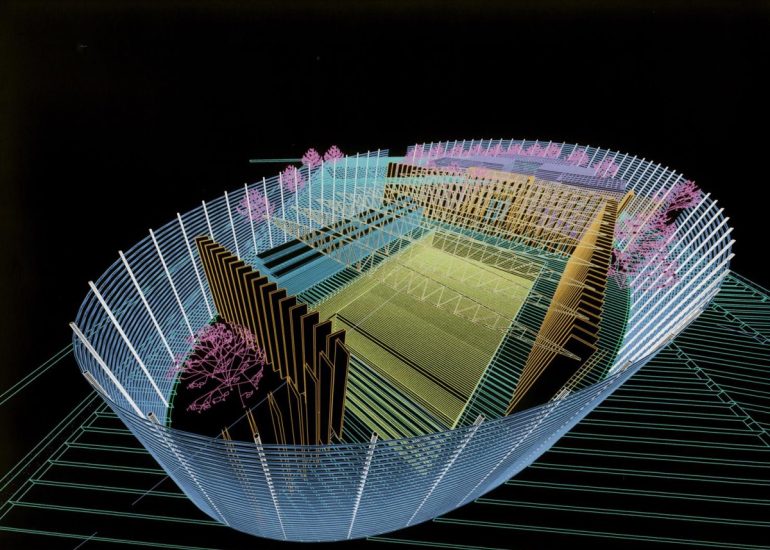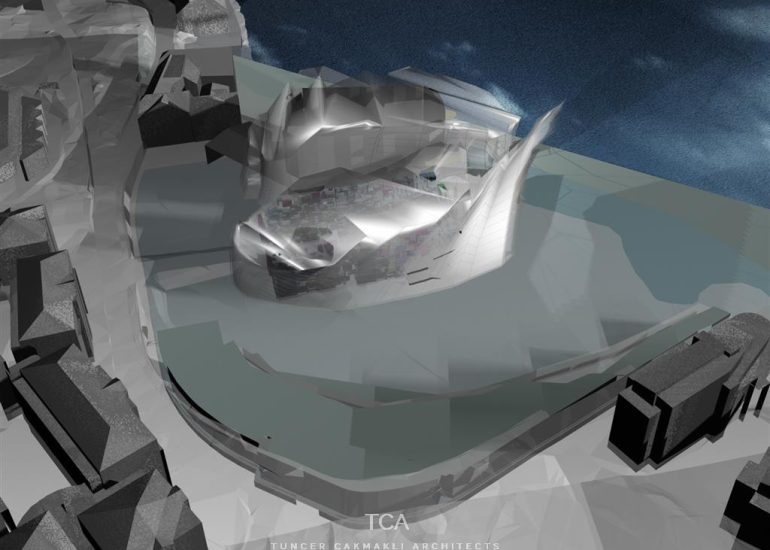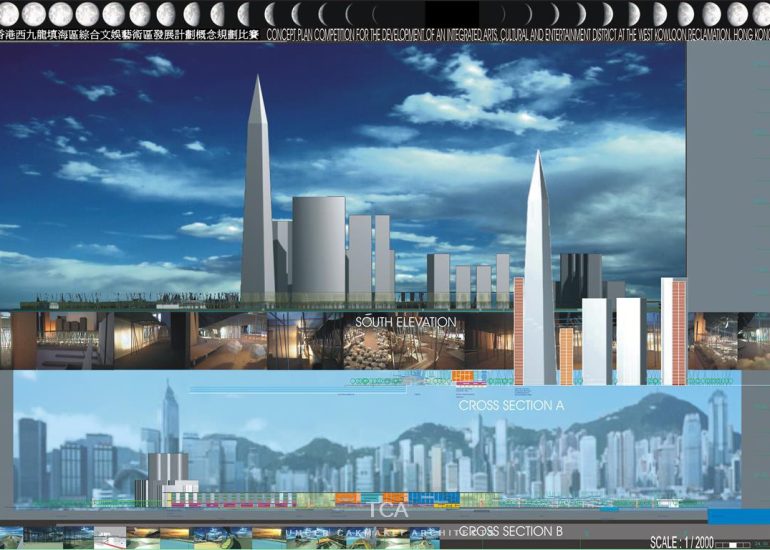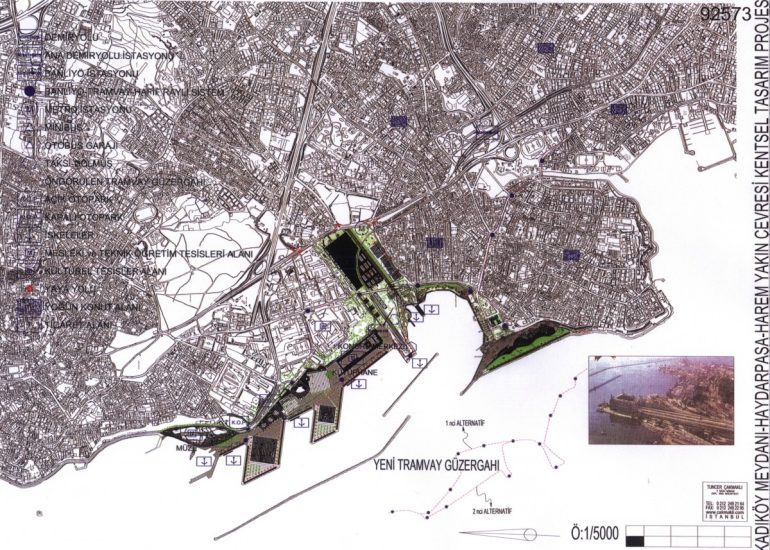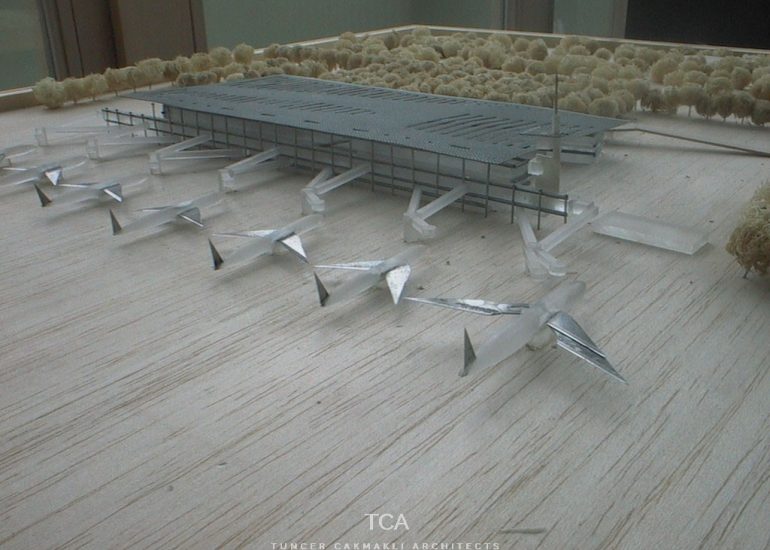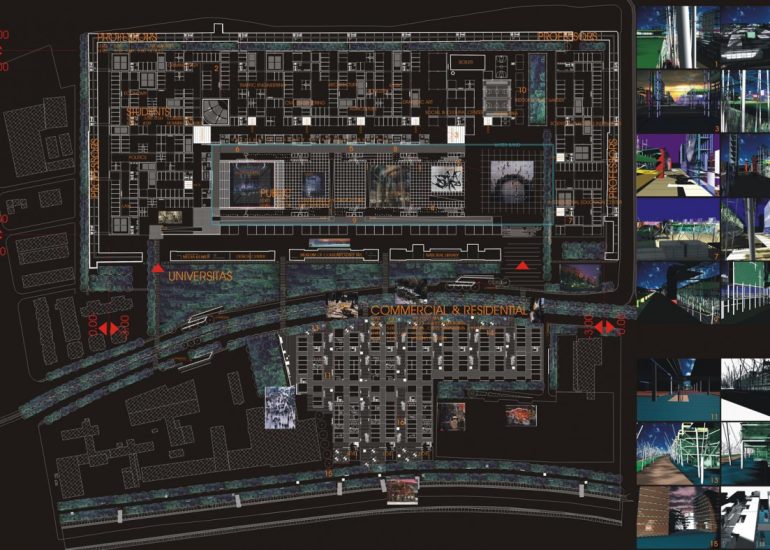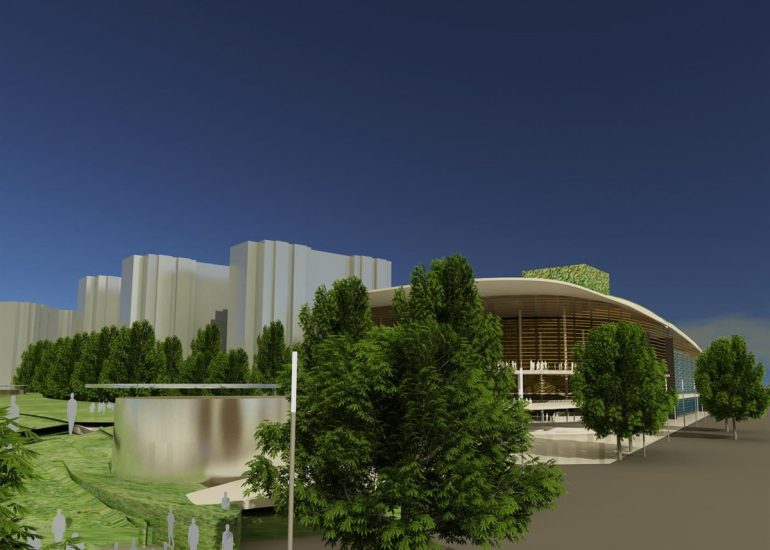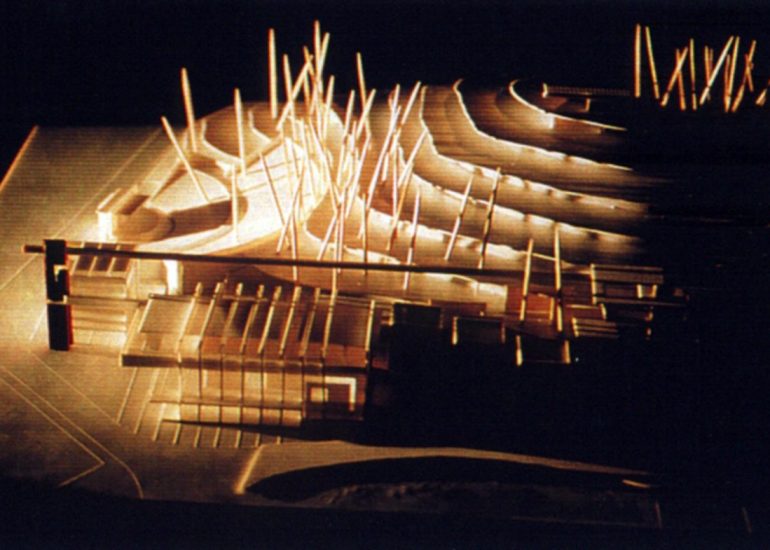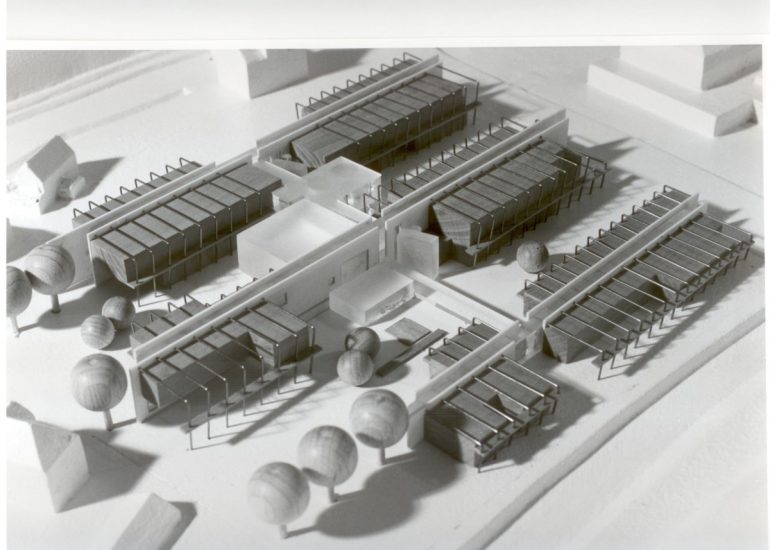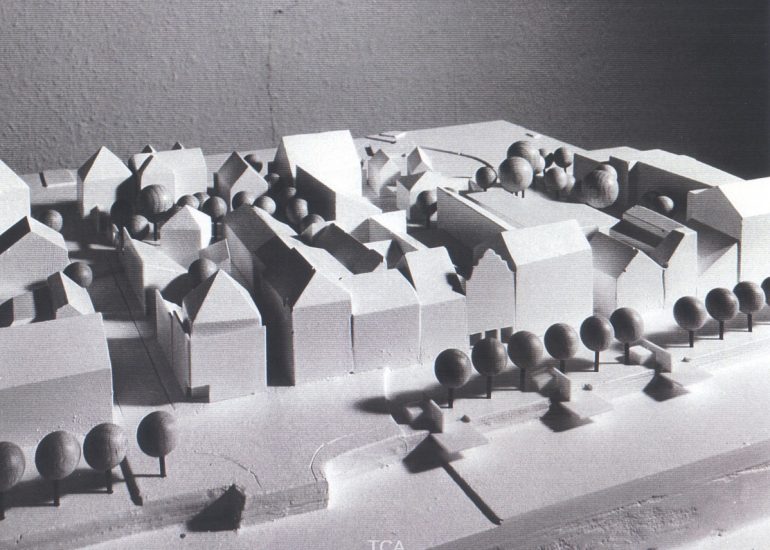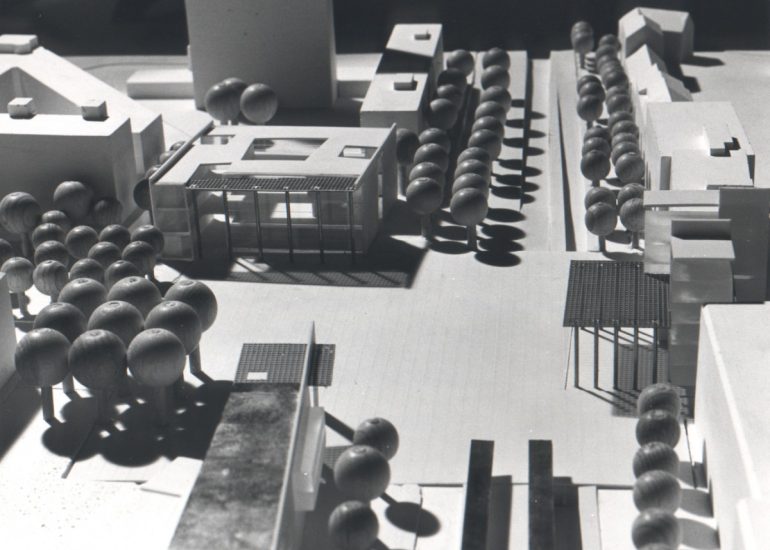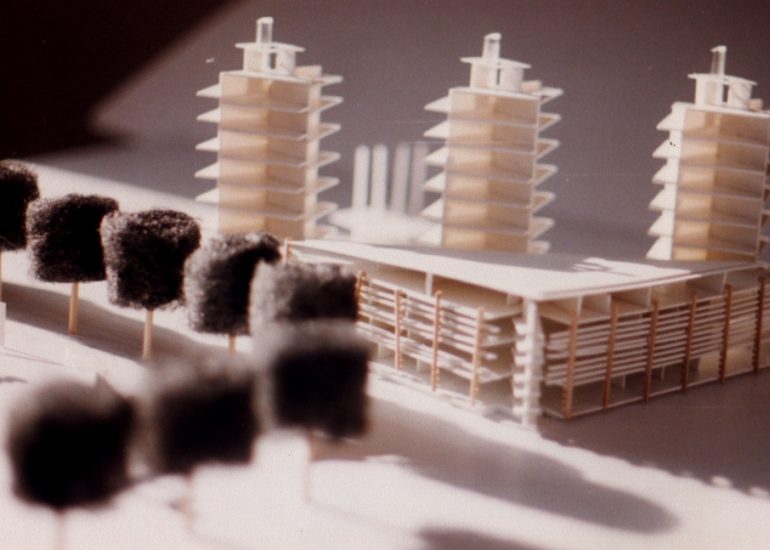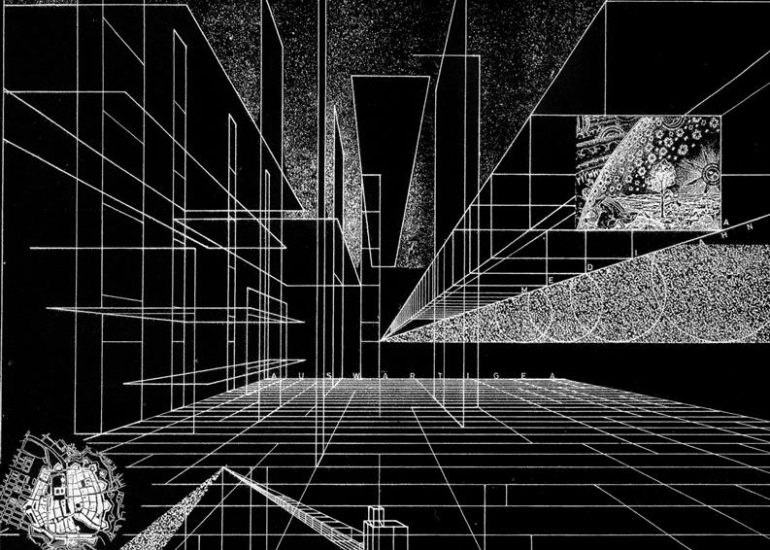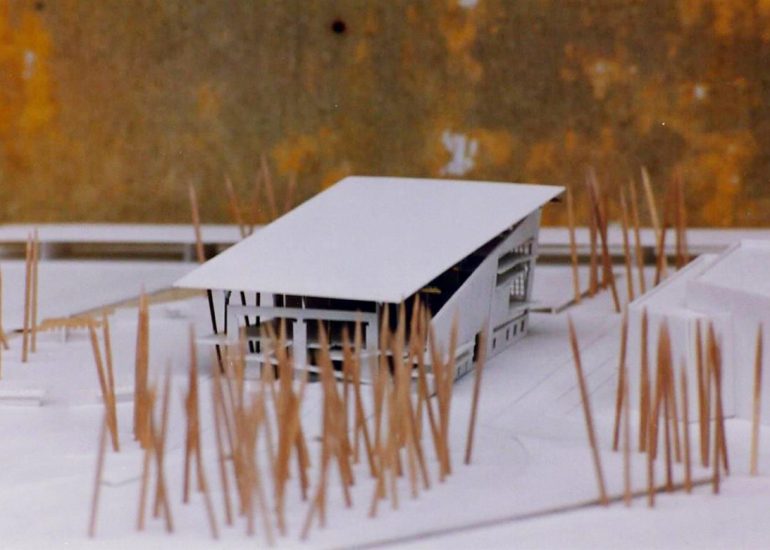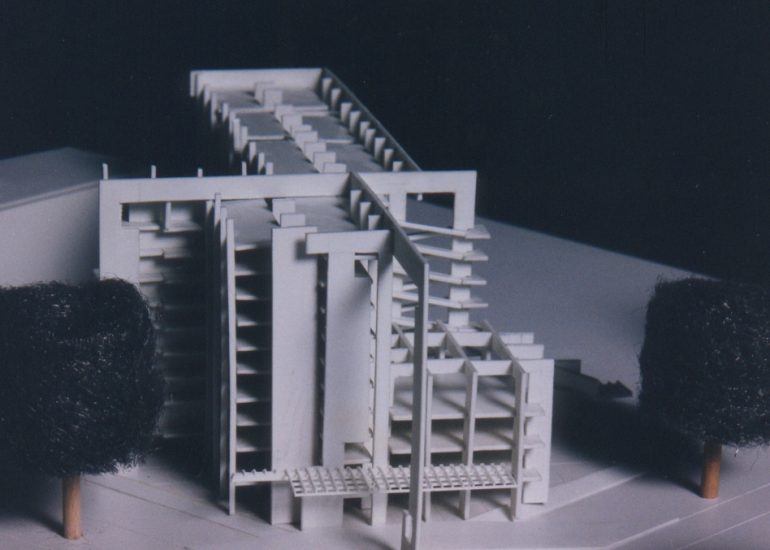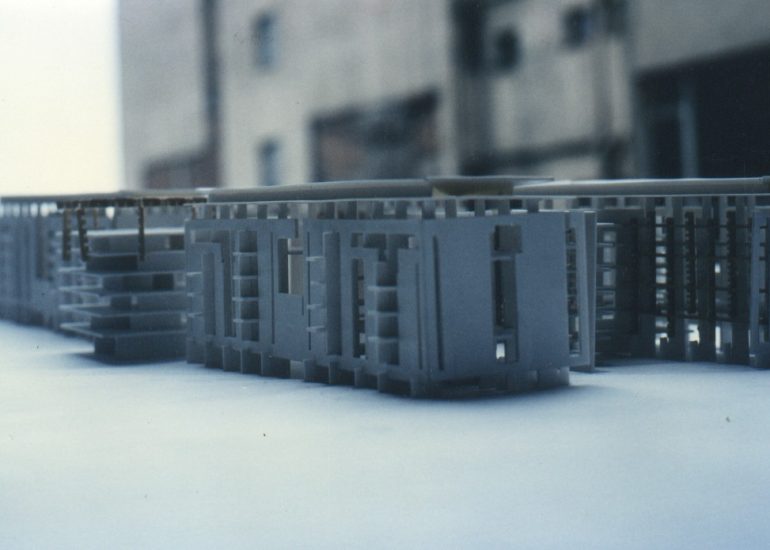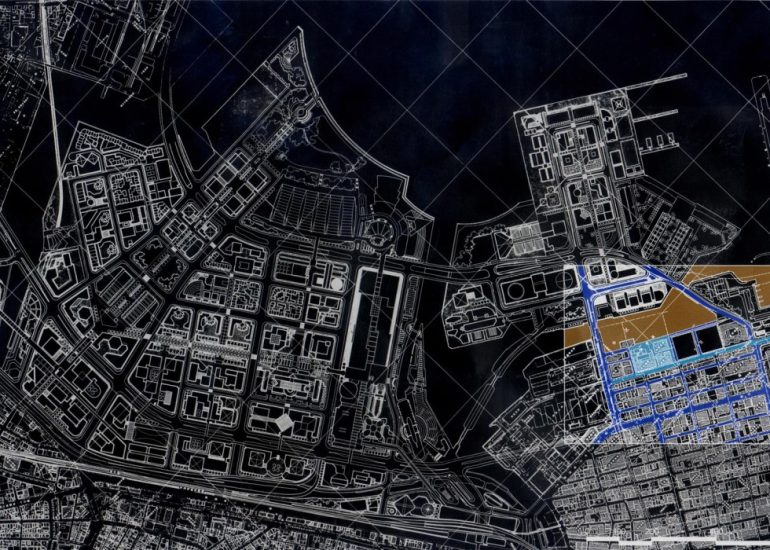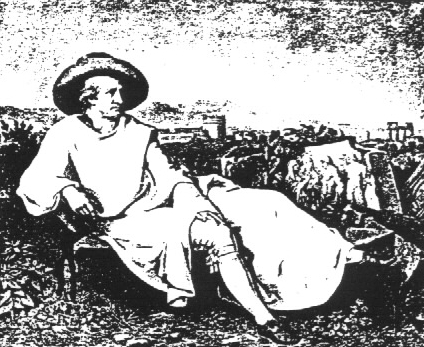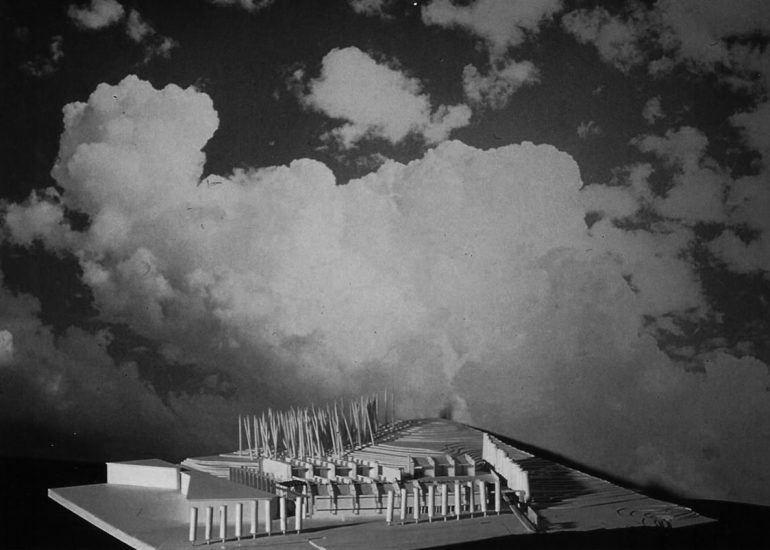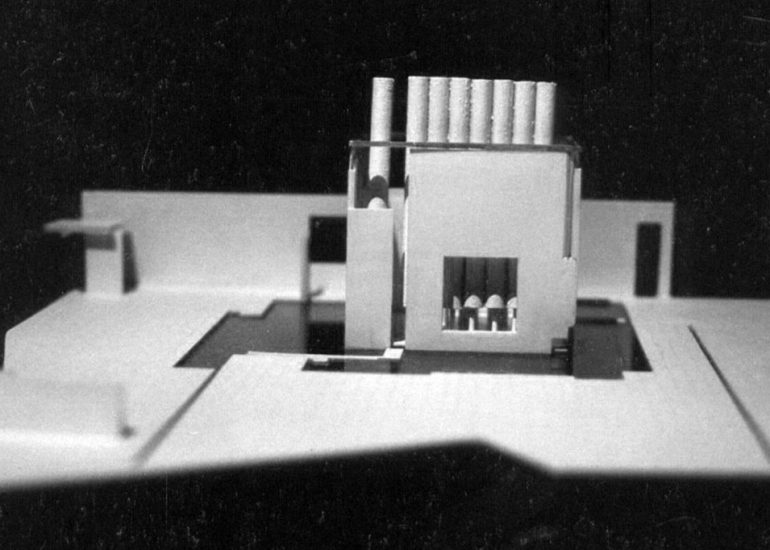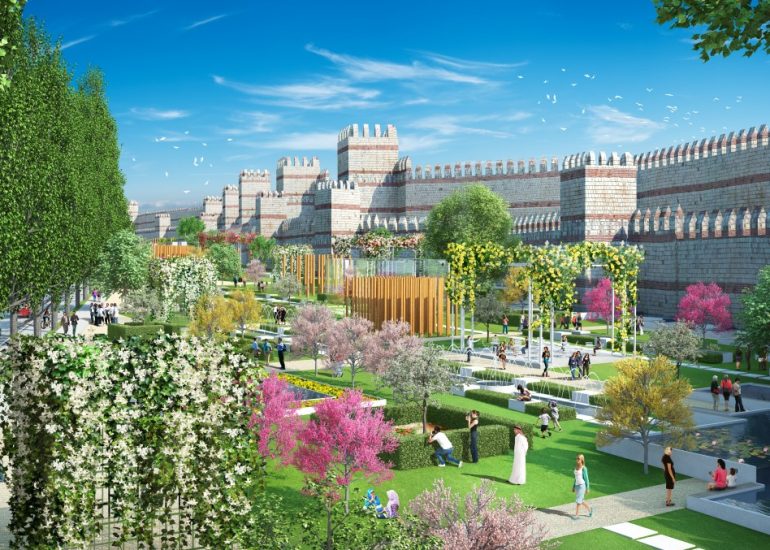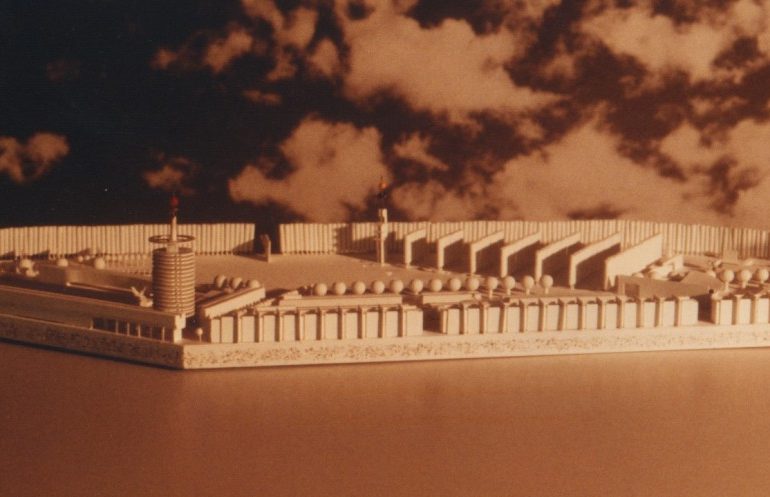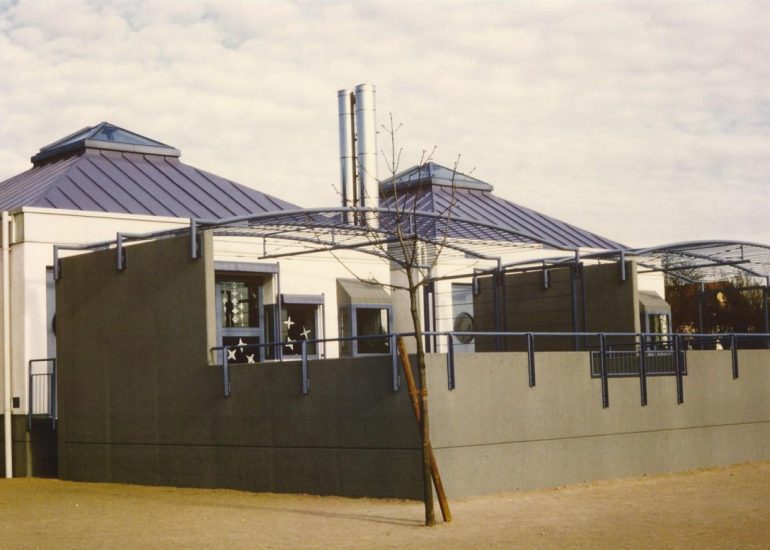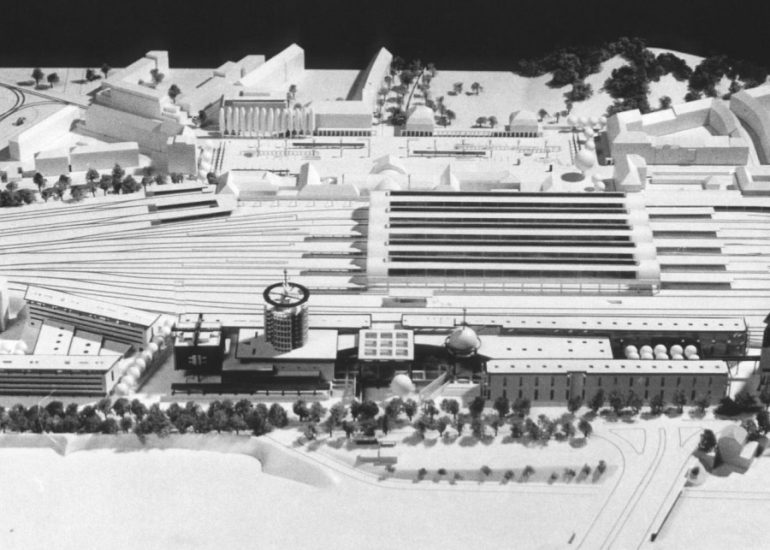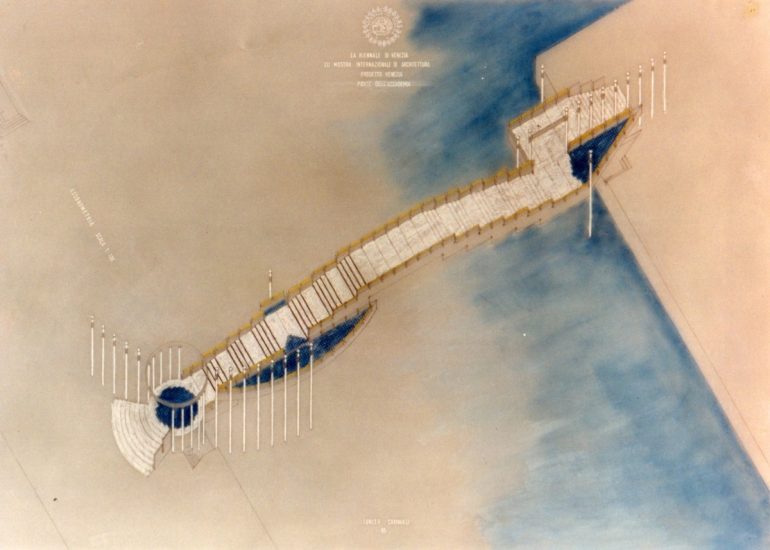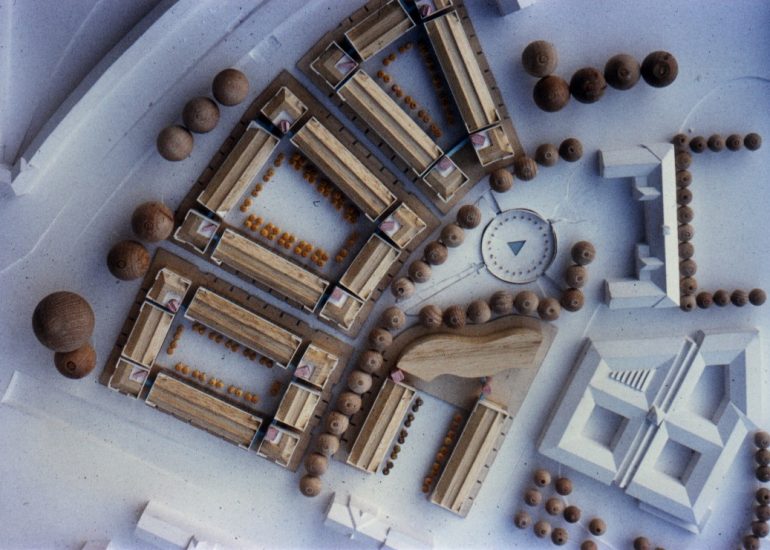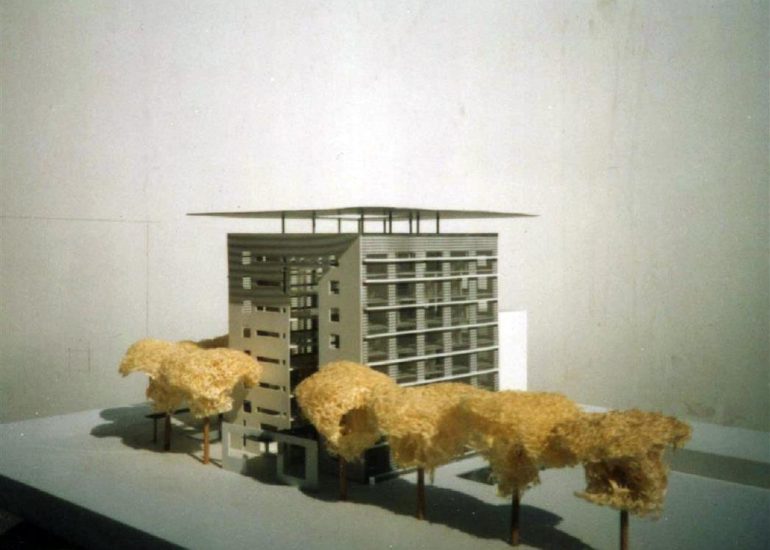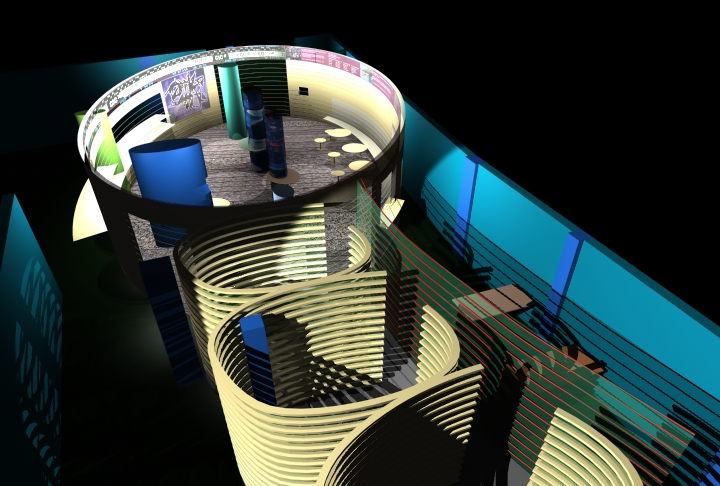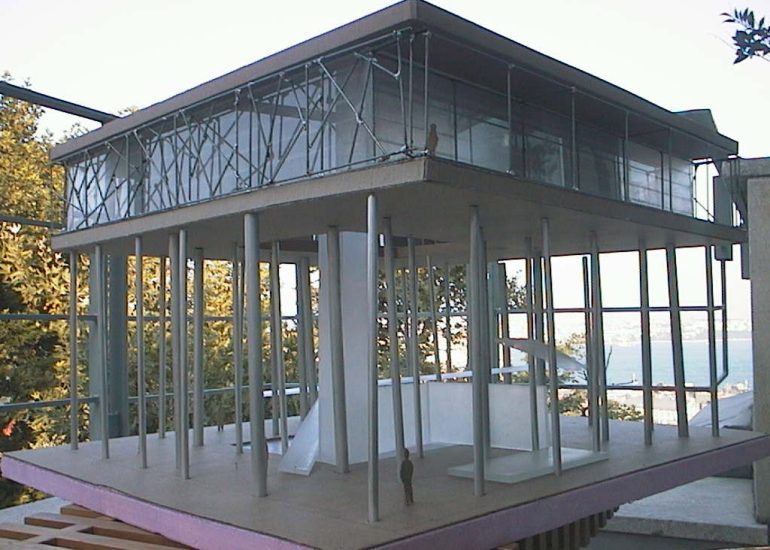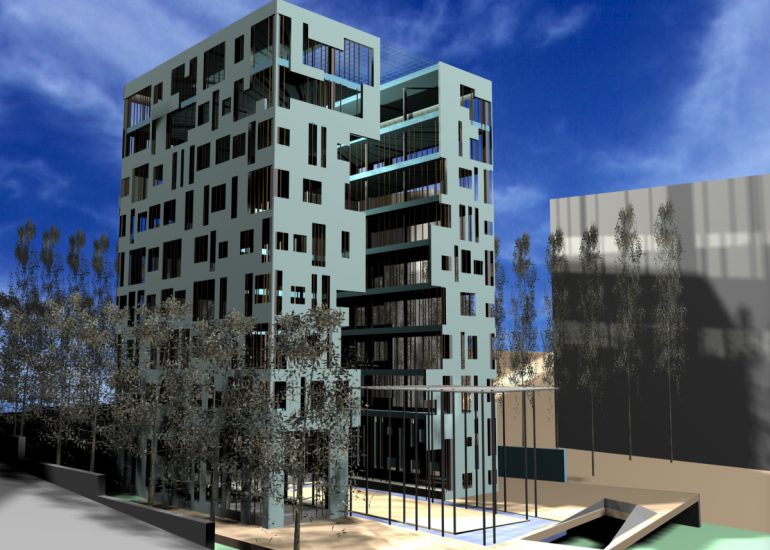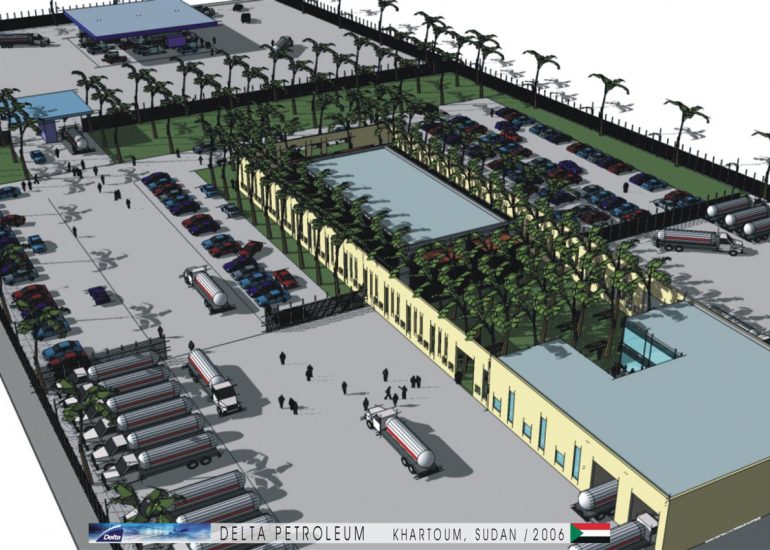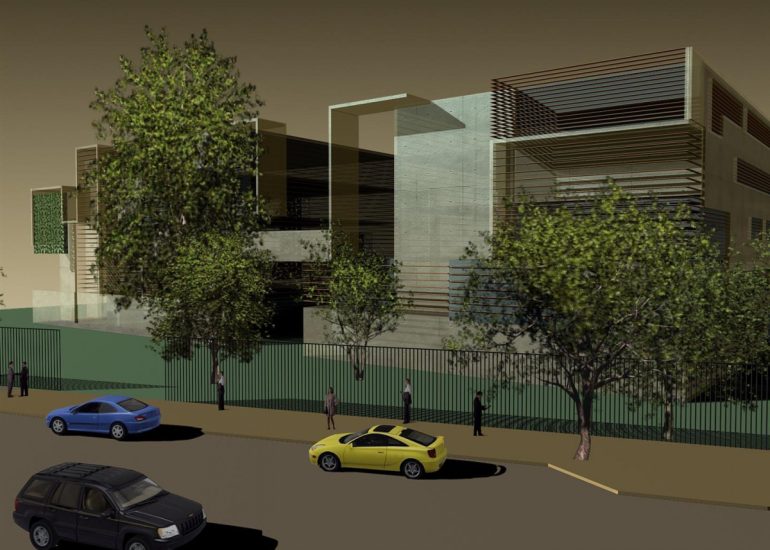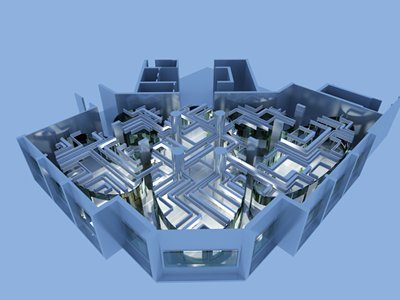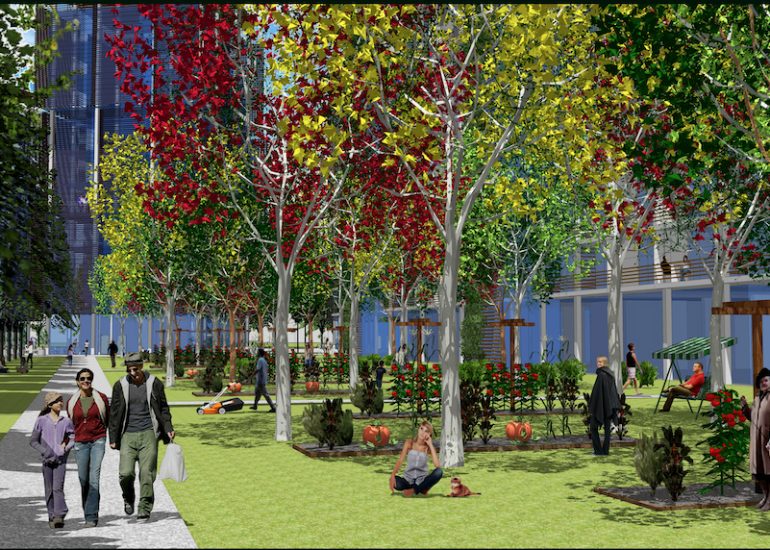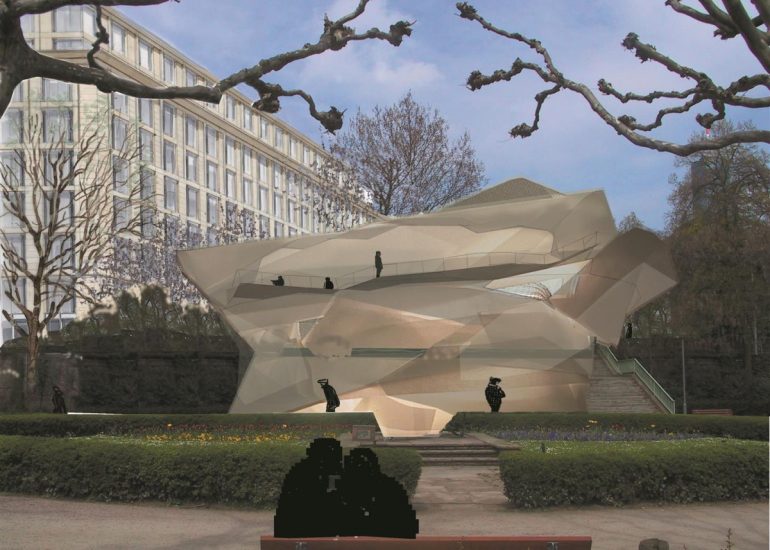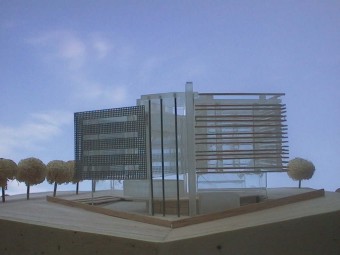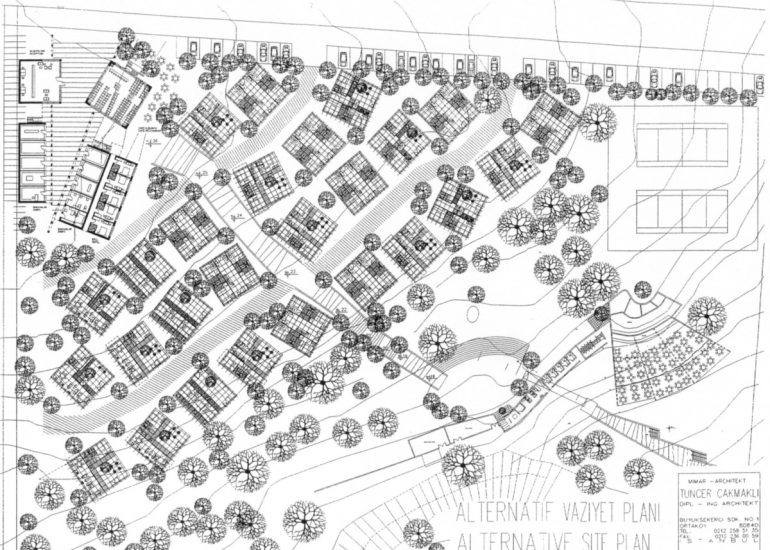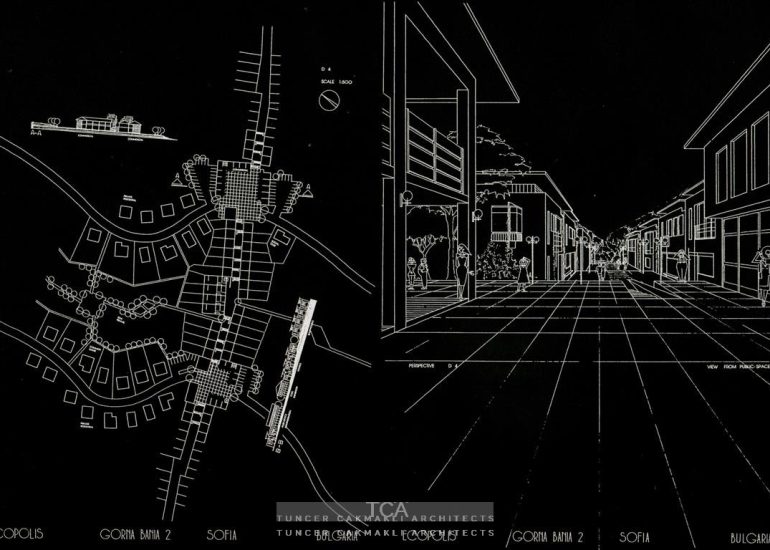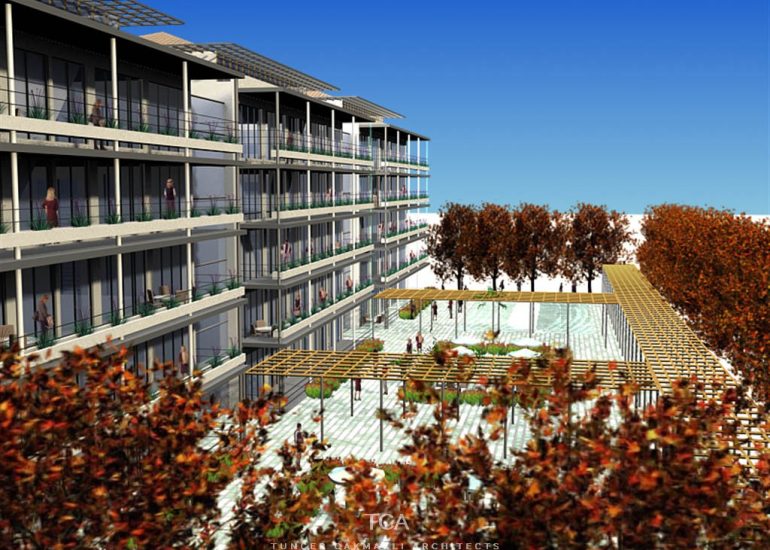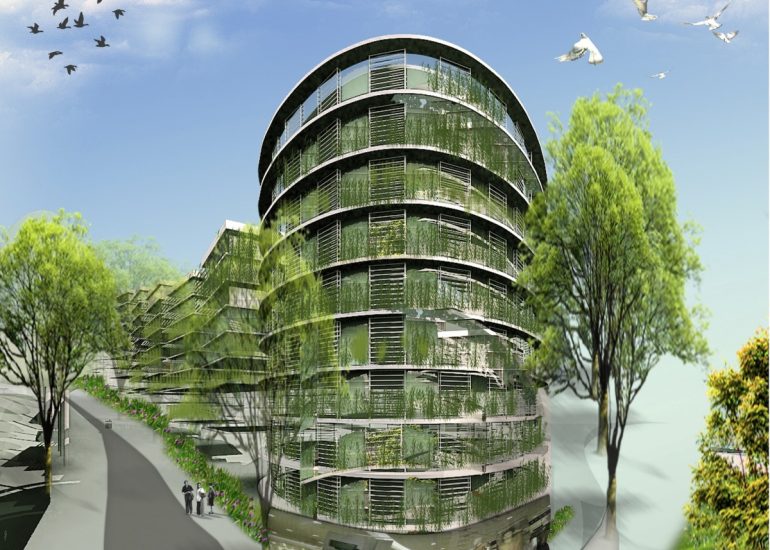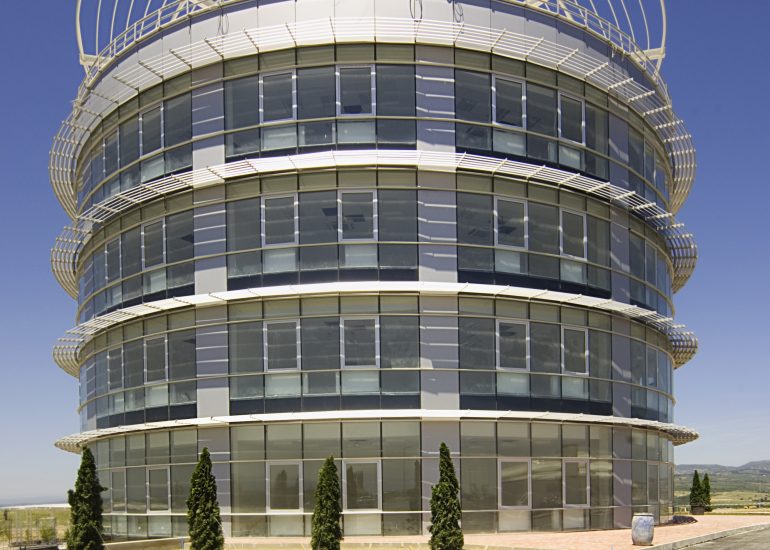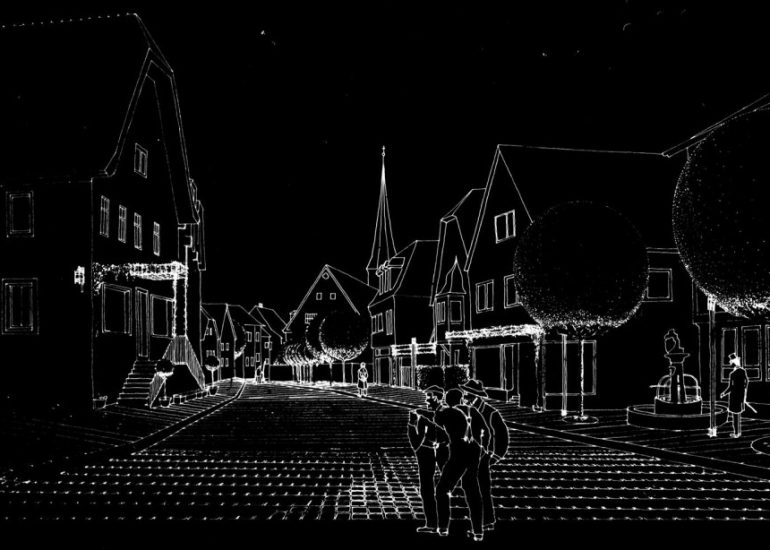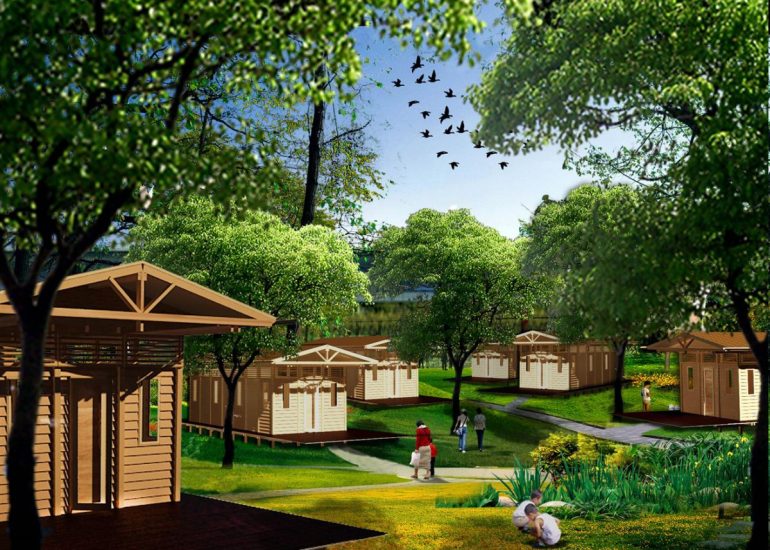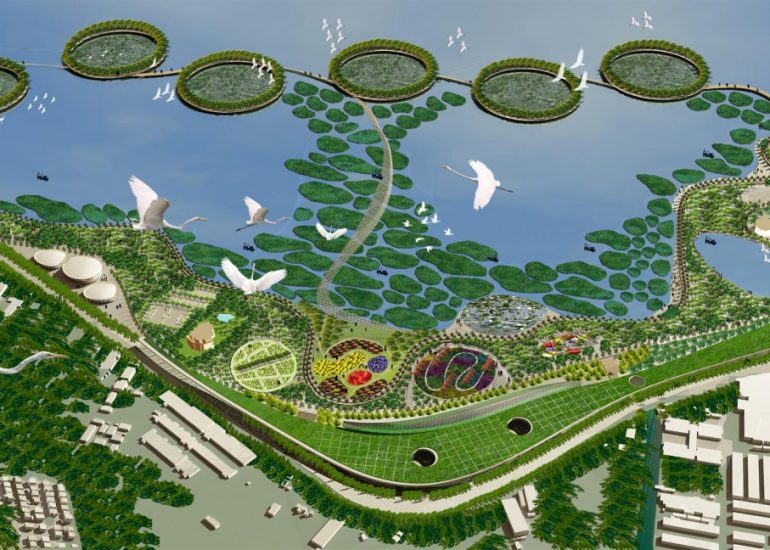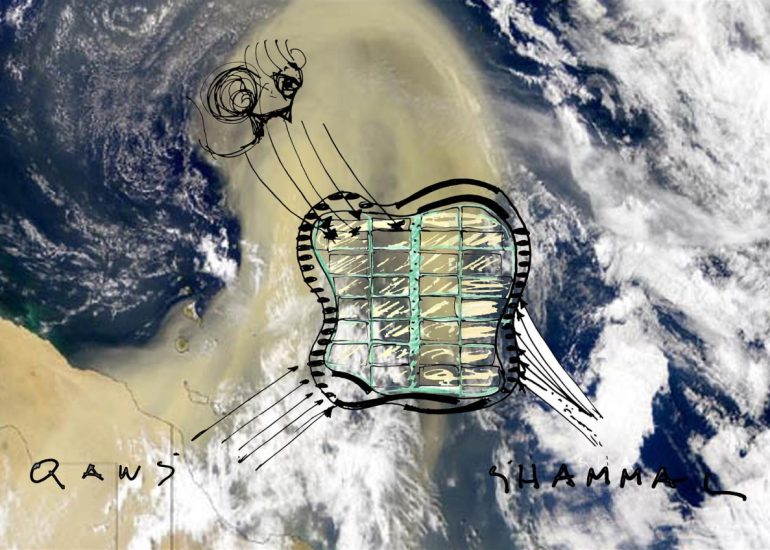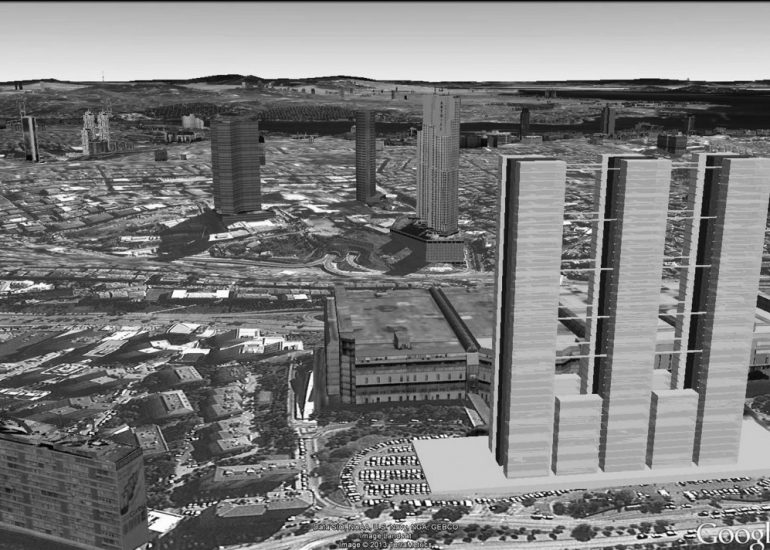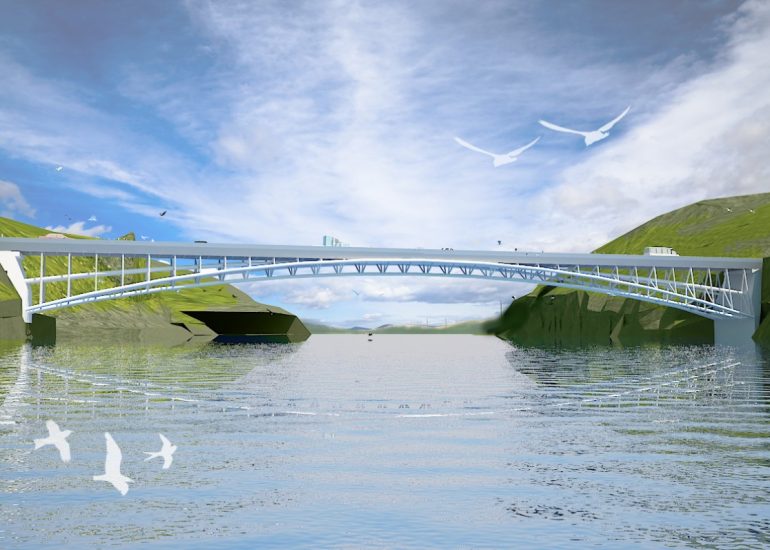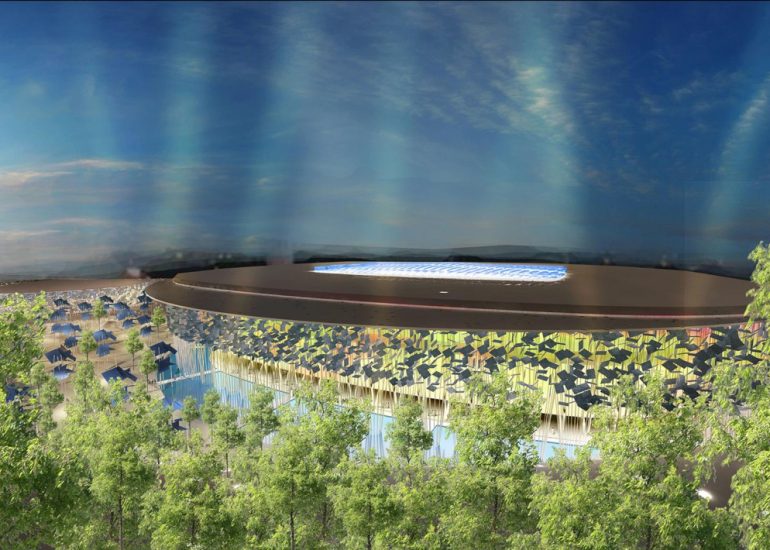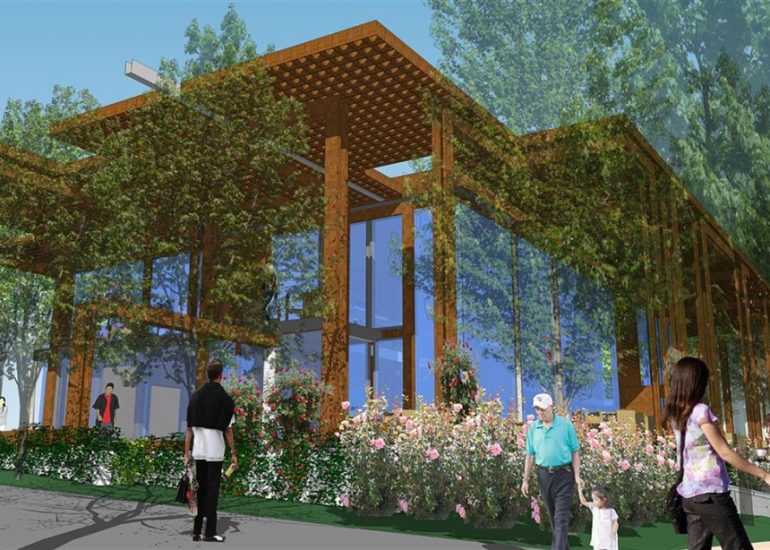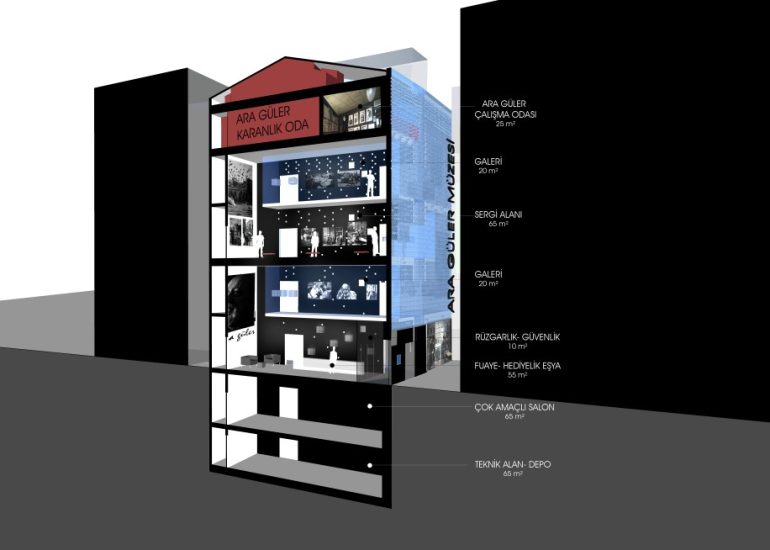Fair Stand for Valeo
Valeo: The Garden as a Sıgn
Imagine this: a trade fair hall — a terrain ostensibly designed for bargaining, for whispers and promises of progress — and in the midst of this industrialized agora, a garden rises. Not a garden as once enclosed by monastic walls to nourish the soul’s salvation, but a garden in the name of Valeo, a giant that feeds gears, cooling units, and sensors into the veins of those monsters we call automobiles.
A paradox? Certainly. Yet the paradox is the highest form of modernity — or perhaps, to borrow from Peirce, it is the icon of an index: signs become mirrors, mirrors become veils. Valeo bears a green emblem, raising green itself to the level of a promise, as if chlorophyll were cast in aluminium. One might say the logo alone is already a semantic bow to the idea of nature — an icon that perpetually quotes itself.
So why a trade fair stand at all? For Valeo, they say, advertising in the conventional sense is obsolete. The world knows Valeo. The world trusts Valeo. So why engage in a ritual otherwise reserved for suppliers of the second rank? Because here, the aim is not selling but proclaiming: a credo must be staged, and a credo demands a symbol. The trade fair stand becomes a cathedral of green, an altar to the environment reconciled with screws and copper wires.
TCA — the architects of this staging — understood the task as a semiotic fugue: the green Valeo carries in its logo becomes the garden, and the garden becomes an allegory. An artificial flora that does not hide what it is — an artefact — but precisely in this artificiality reveals the vision: here, nature is not nature as a wild relic of untouched forests, but nature as artefact, reconstructed by human hands, like a medieval relic that asserts its authenticity precisely through doubt.
Thus, where screws, axles, and clutches are displayed, a Valeo garden grows. Each product is blossom and leaf, rhizome and root at once. The parts become metaphors for a flora that knows no photosynthesis yet offers oxygen for the conscience. An ironic gesture? Perhaps. But within irony often lies the seriousness we dare not admit.
For what is a trade fair stand if not a palimpsest? It rewrites the old script of profit and expansion into a new narrative of responsibility and consideration. The garden remains a fiction — yet every fiction, is a bridge between signs and things. Valeo shows that even a colossus of metal can bear a sign: a green, ambiguous, hopeful sign.
And as visitors walk across the carpet, loaded with brochures and giveaways, they become, without quite knowing it, part of this garden: wanderers through a landscape of symbols, where even the most artificial bloom carries a promise within it — as fragile as it is necessary.
——————————————————————————
Valeo: Bir İşaret Olarak Bahçe
Şöyle bir hayal edin: Bir fuar salonu — görünürde pazarlık, fısıltılar ve ilerleme vaatleri için tasarlanmış bir alan — ve bu endüstriyel agoranın tam ortasında bir bahçe yükseliyor. Ne var ki bu bahçe, bir zamanlar manastır duvarlarının içinde ruhun kurtuluşu için yetiştirilen bir bahçe değil; Valeo’nun adına dikilmiş bir bahçe bu — dişlileri, soğutma ünitelerini ve sensörleri otomobil dediğimiz o canavarların damarlarına besleyen bir devin bahçesi.
Bir paradoks mu? Elbette. Ama paradoks, modernitenin en yüksek formudur — ya da Peirce’in diliyle söylemek gerekirse, bir indeksin ikonu: işaretler aynaya dönüşür, aynalar peçeye. Valeo, logosunda yeşili taşır; yeşili bizzat bir vaat seviyesine yükseltir; sanki klorofil alüminyuma dökülmüş gibi. Denilebilir ki bu logo tek başına bile doğa fikrine yapılan anlamsal bir selamdır — kendini durmaksızın alıntılayan bir ikondur.
Peki, o halde neden bir fuar standı? Söylenene göre Valeo için geleneksel anlamda reklam artık gereksizdir. Dünya Valeo’yu tanır. Dünya Valeo’ya güvenir. O zaman, genelde ikinci sıradaki tedarikçilere kalan bu ritüel neden? Çünkü burada amaç satış değil, bir inancı beyan etmektir: Bir credo sahnelenmelidir ve bir credo bir sembol ister. Fuar standı yeşilin katedrali olur; vidalar ve bakır tellerle uzlaşan doğa için bir sunak.
Bu sahnelemeyi üstlenen TCA, görevi yarı bir göstergebilim fügü gibi gördü: Valeo’nun logosunda taşıdığı yeşil, bahçeye; bahçe ise bir alegoriye dönüşür. Yapay bir flora: Ne olduğu gerçeğini saklamaz — bir artefakttır — fakat tam da bu yapaylığında vizyonu görünür kılar: Burada doğa, bakir ormanların vahşi bir hatırası değil; insan eliyle yeniden inşa edilmiş bir artefakttır; tıpkı Orta Çağ’da gerçekliği şüpheyle kanıtlanan kutsal emanetler gibi.
Böylece, vidaların, aksların ve debriyajların sergilendiği yerde bir Valeo bahçesi büyür. Her ürün bir çiçek ve yaprak, rizom ve kök olur. Parçalar, fotosentezi bilmeyen ama vicdan için oksijen sağlayan bir flora metaforuna dönüşür. İronik bir dokunuş mu? Belki. Ama çoğu zaman ironi, kabul etmeye çekindiğimiz ciddiyeti taşır.
Çünkü bir fuar standı nedir ki, bir palimpsest değilse? Eski kâr ve genişleme metnini sorumluluk ve hassasiyetin yeni anlatısına çevirir. Bahçe bir kurmacadır — , işaretler ile şeyler arasında bir köprüdür. Valeo gösterir ki metalden bir dev bile bir işaret taşıyabilir: yeşil, çok anlamlı, umut dolu bir işaret.
Ve ziyaretçiler, elleri broşürler ve promosyon eşyalarıyla dolu halde halının üzerinde yürürken, farkına bile varmadan bu bahçenin bir parçası olurlar: Sembollerle dolu bir manzarada gezginlerdir artık — en yapay çiçeğin bile içinde, kırılgan ama bir o kadar da gerekli bir vaat taşır.





